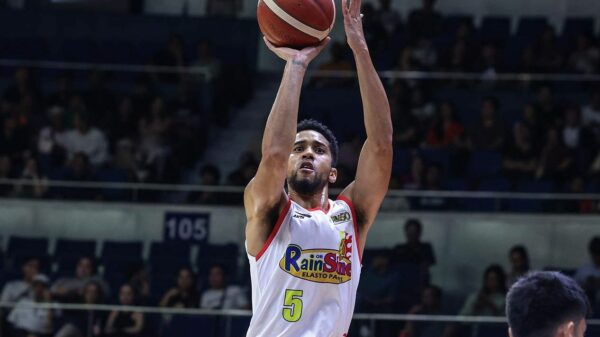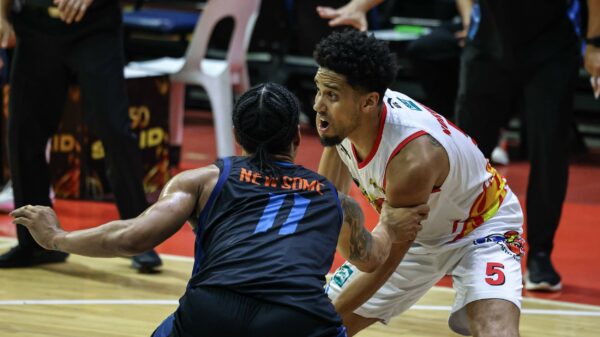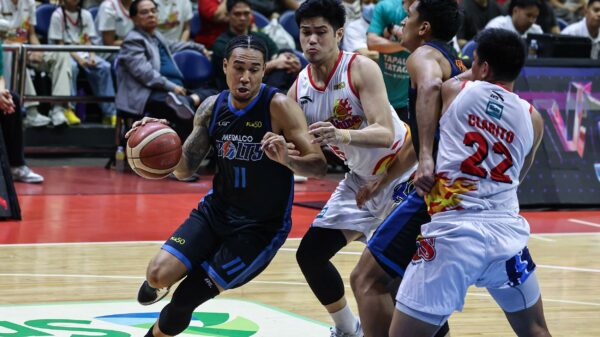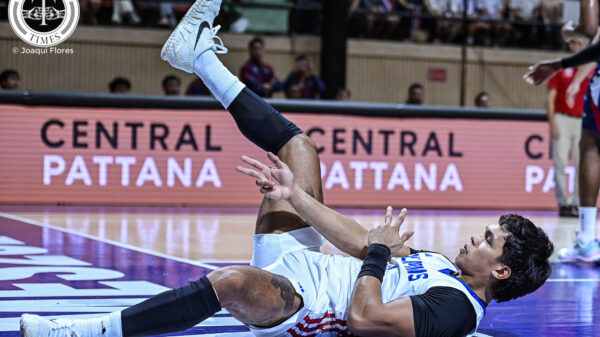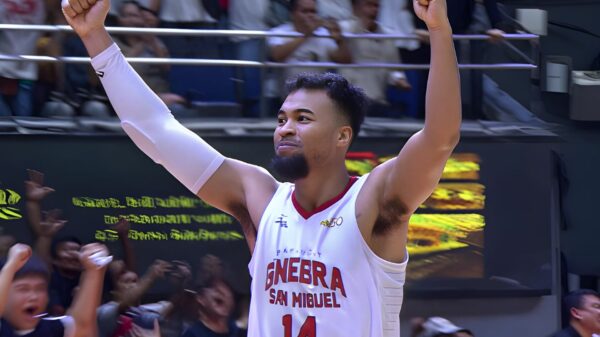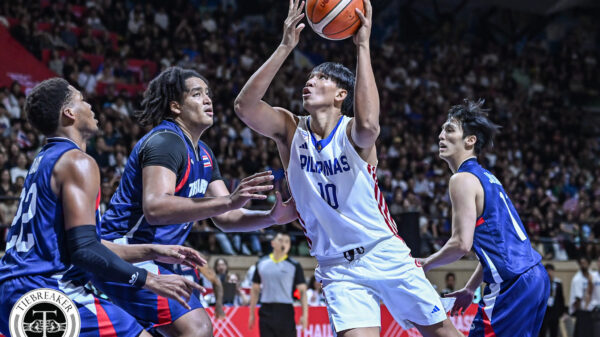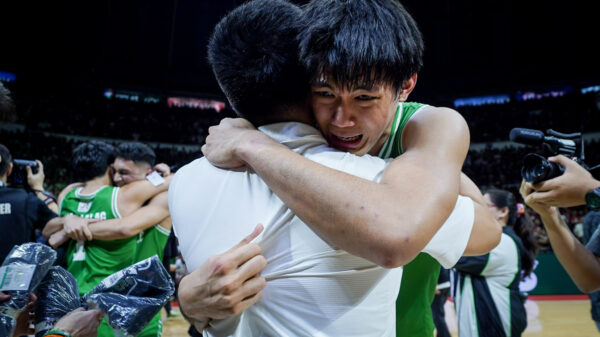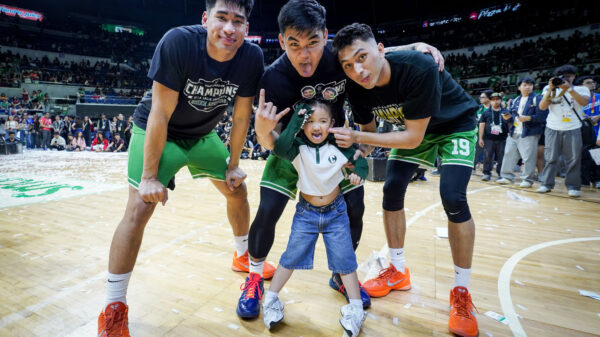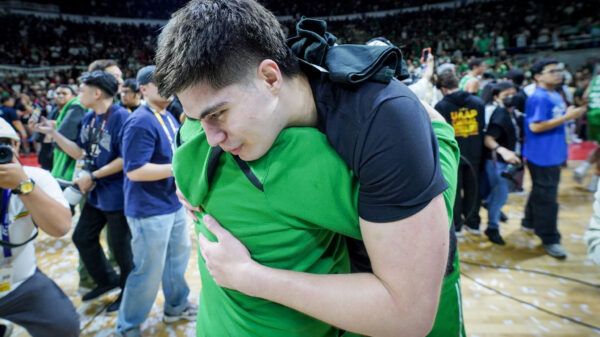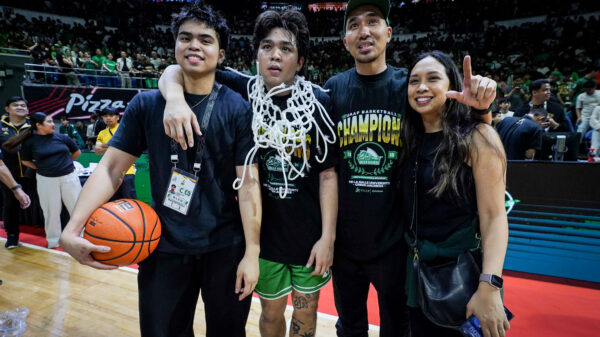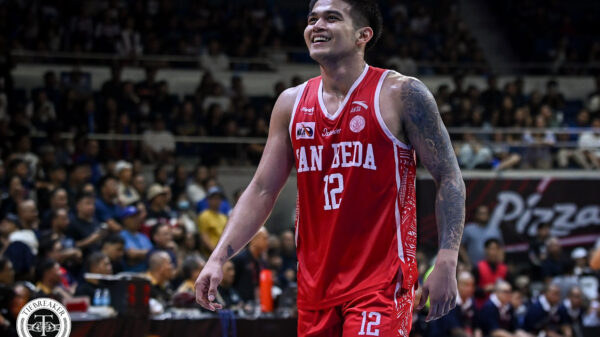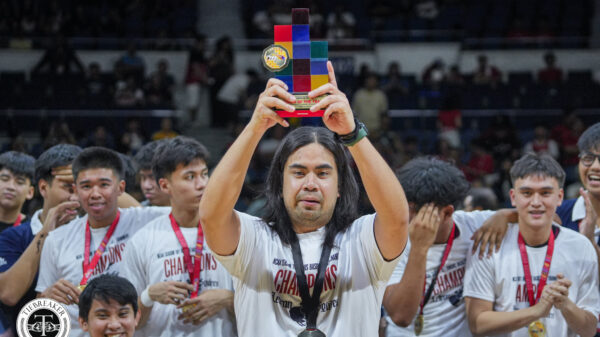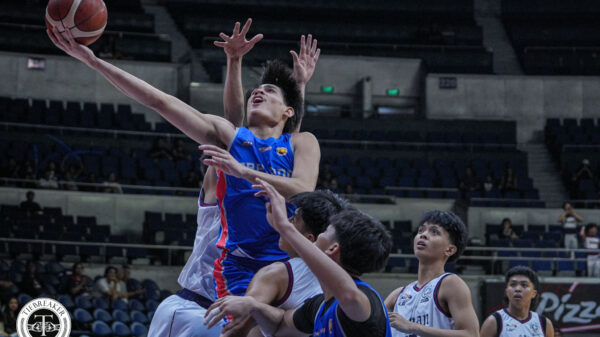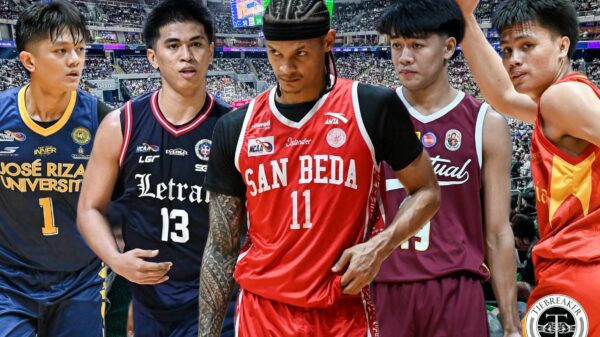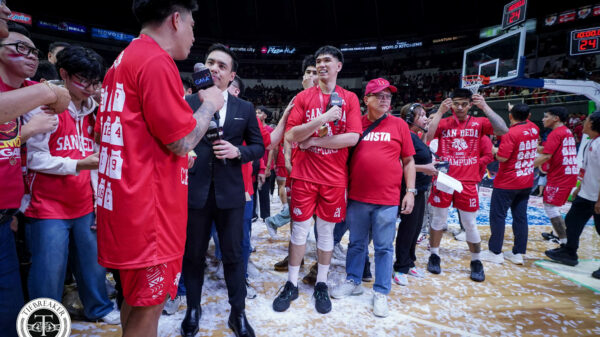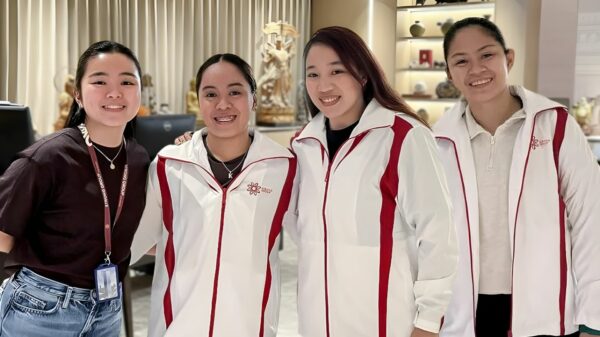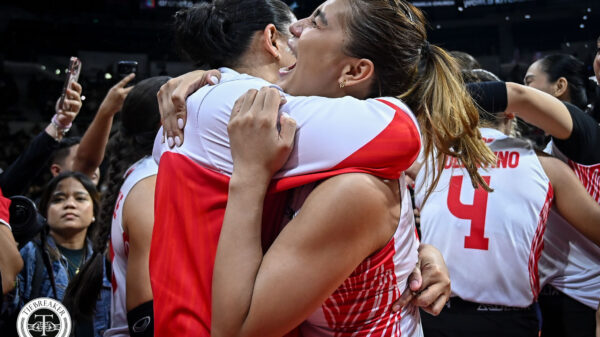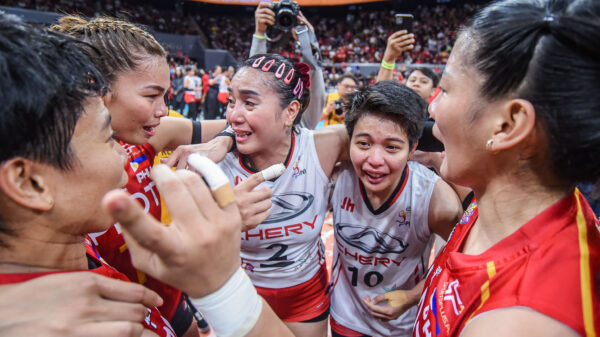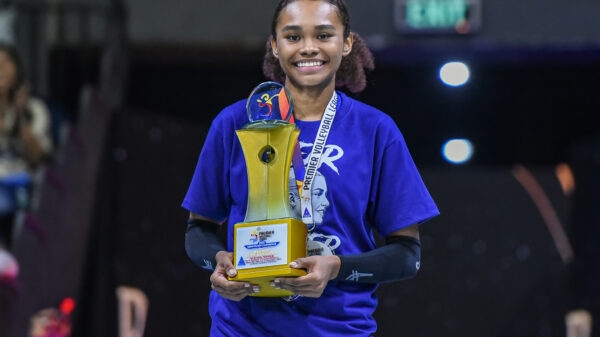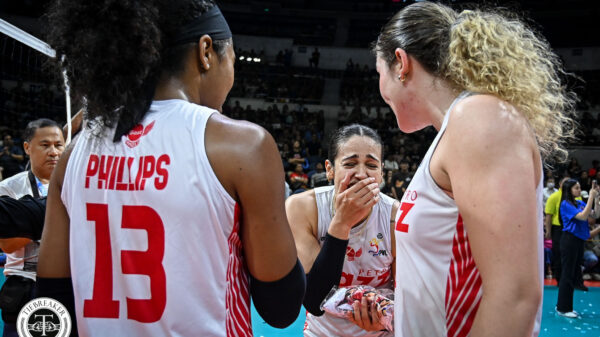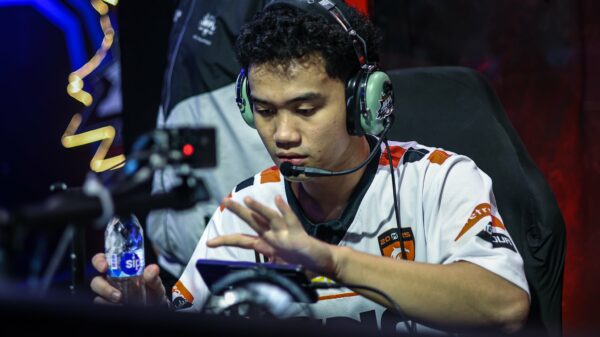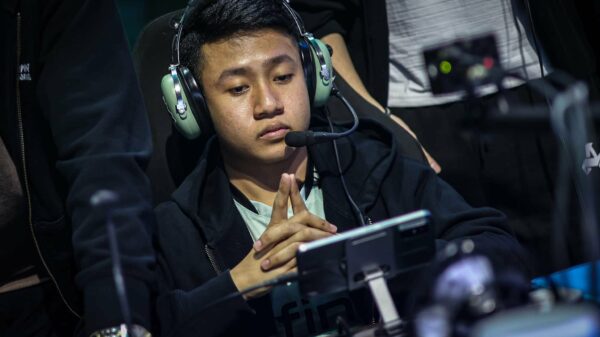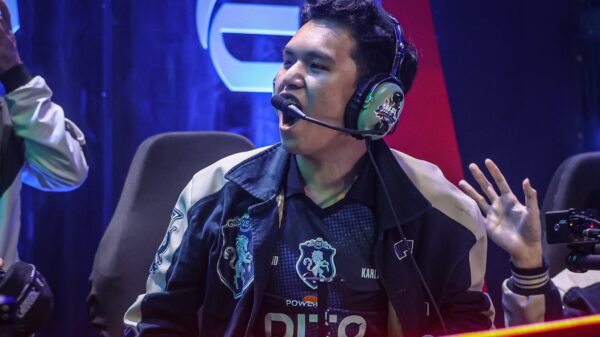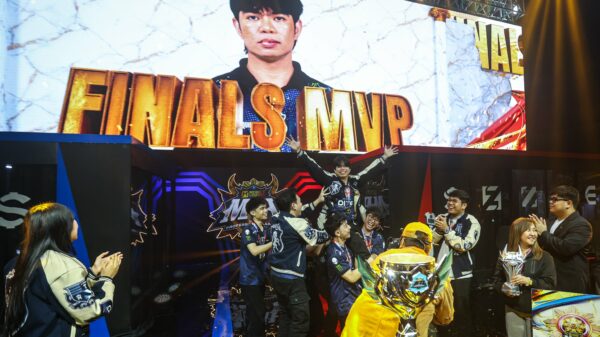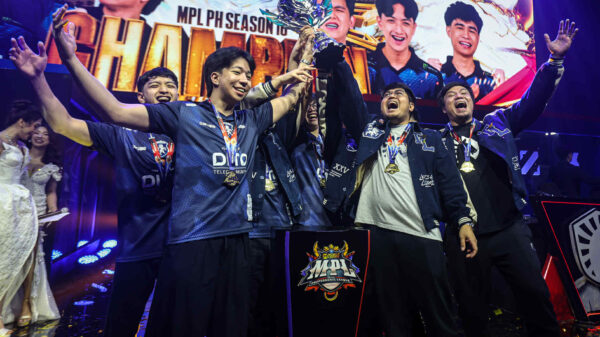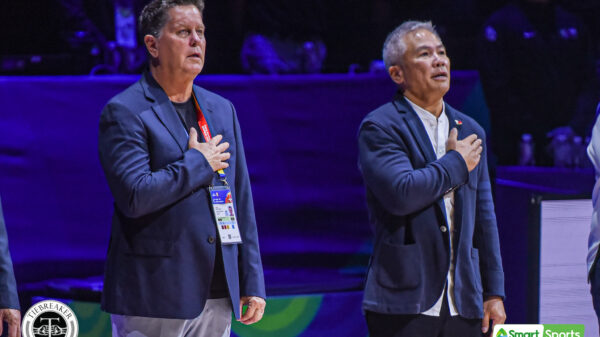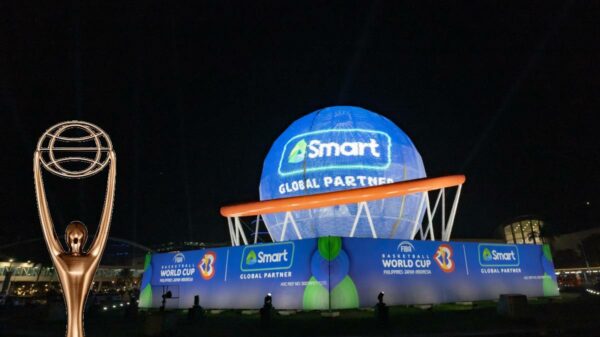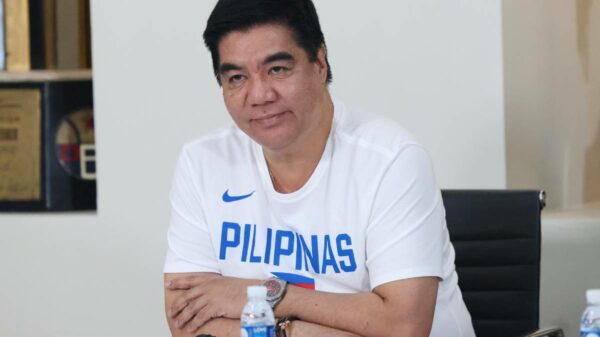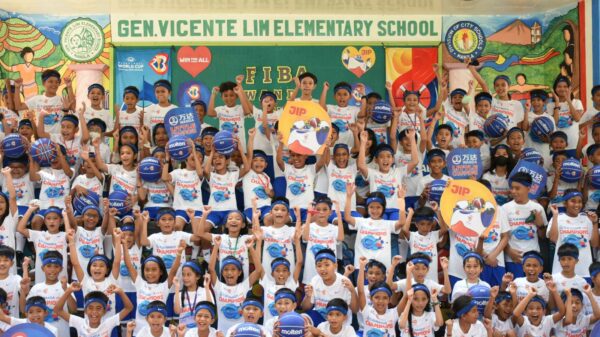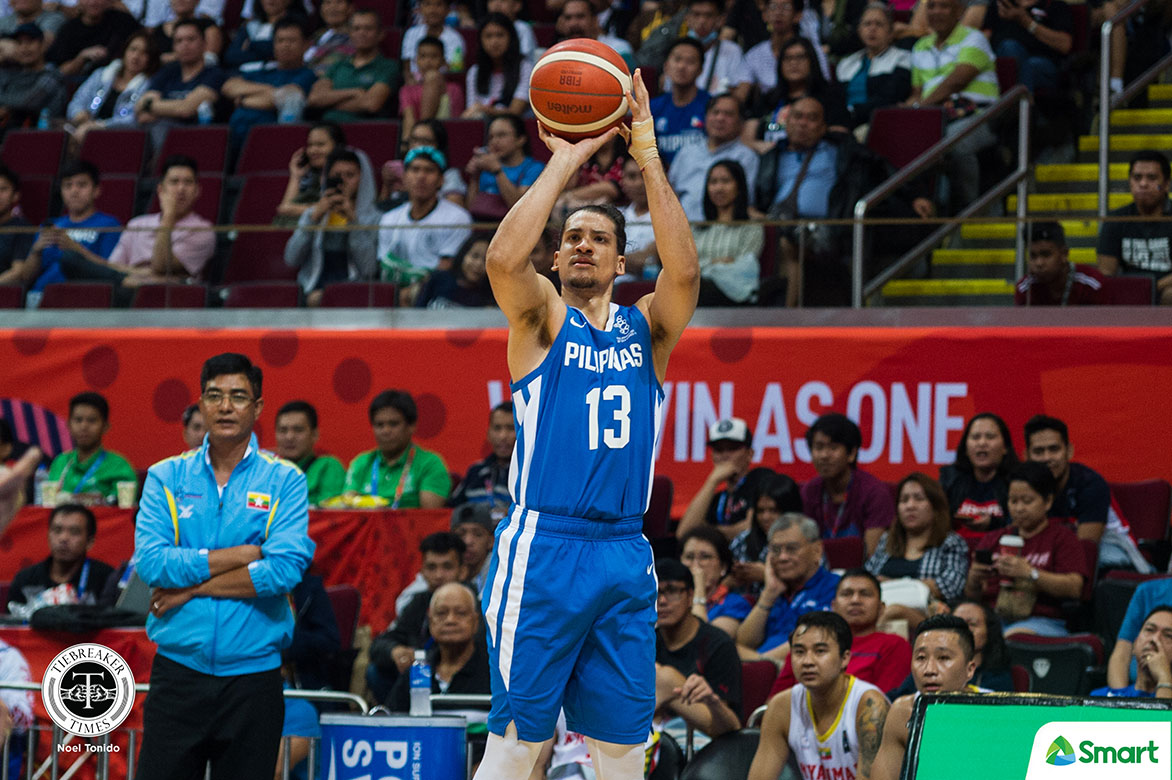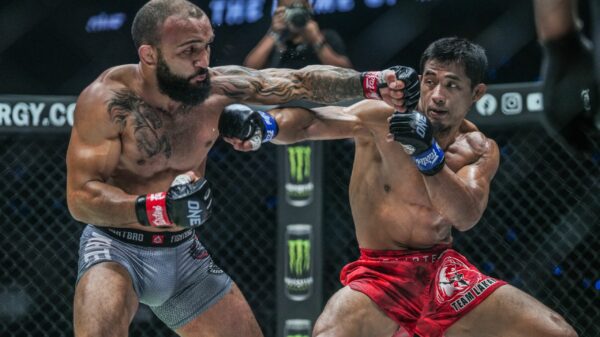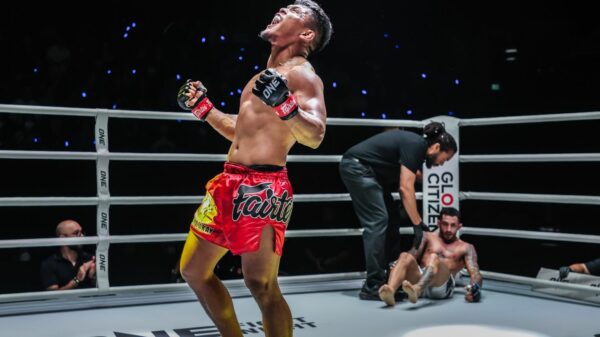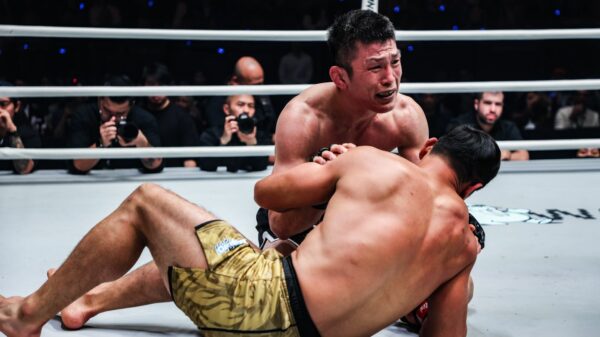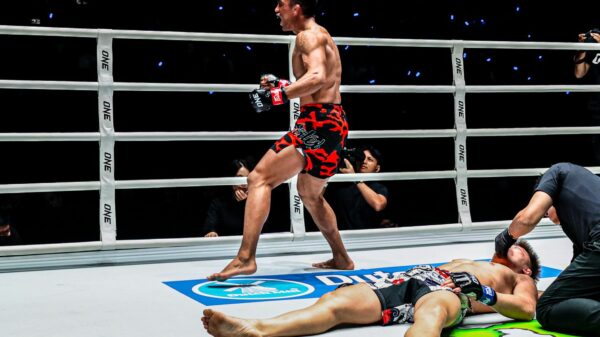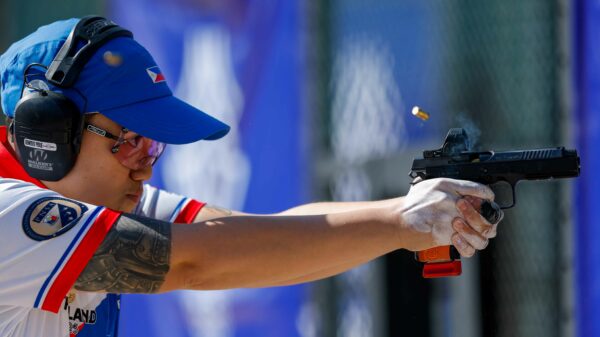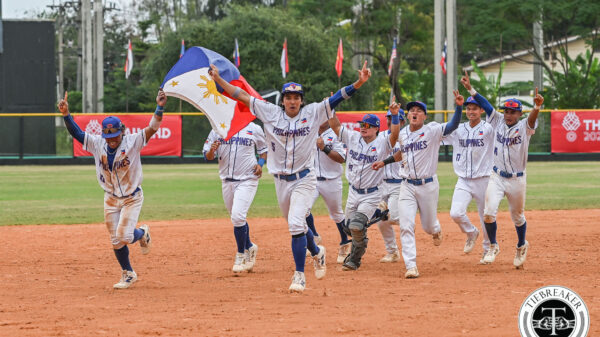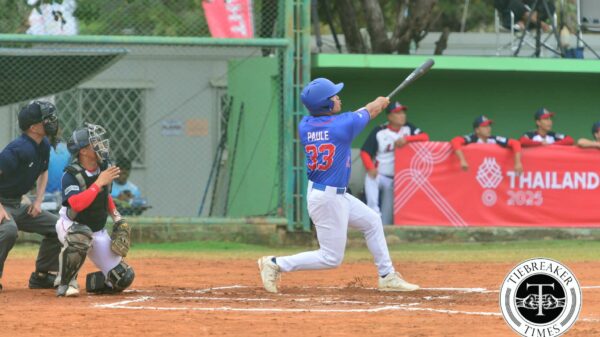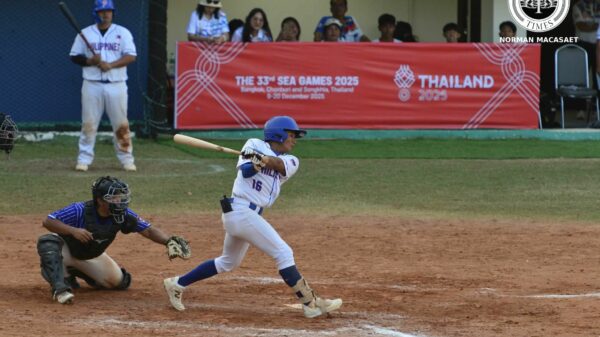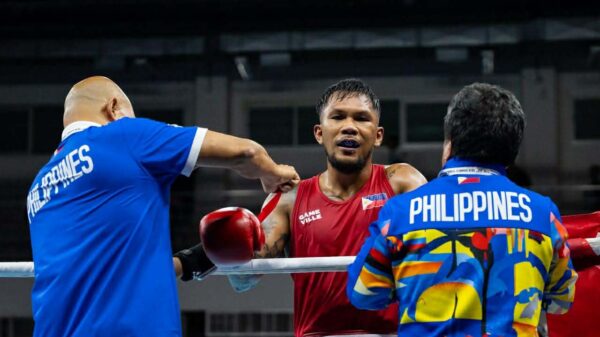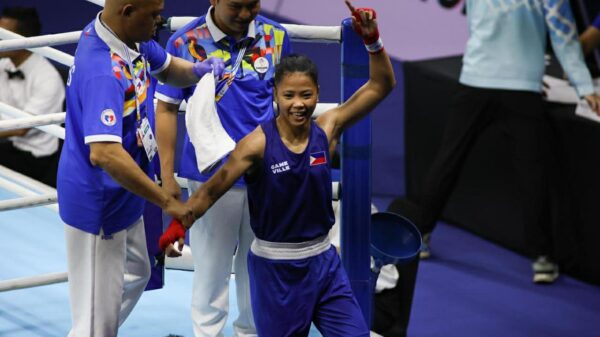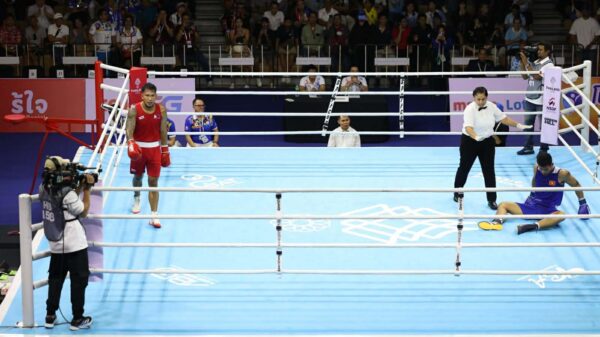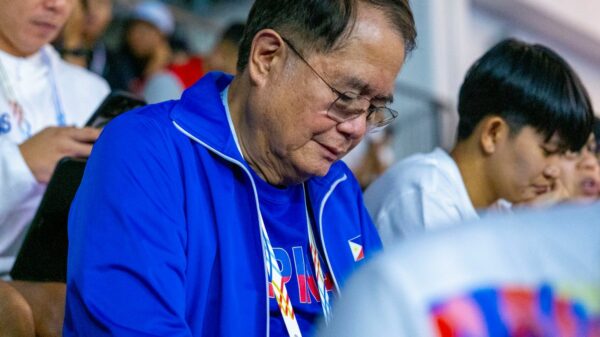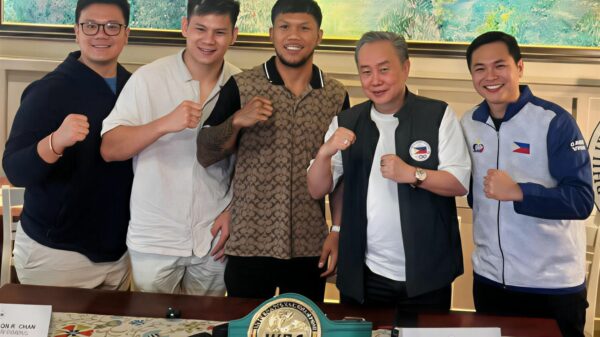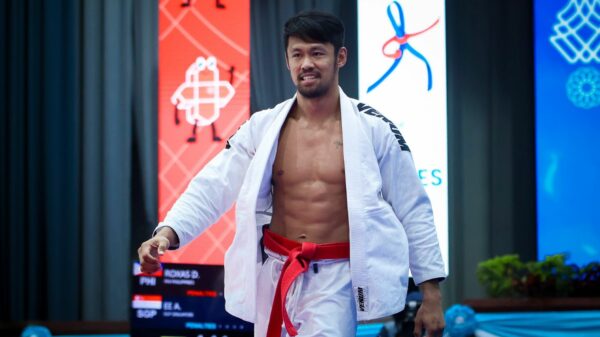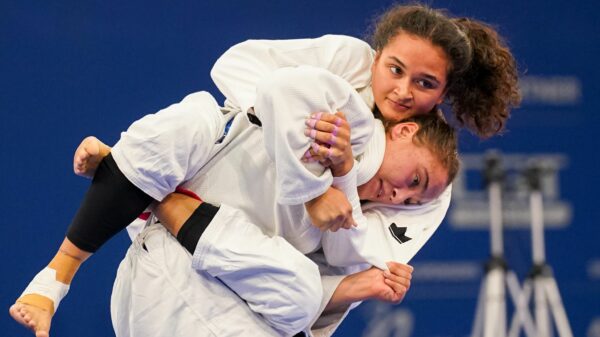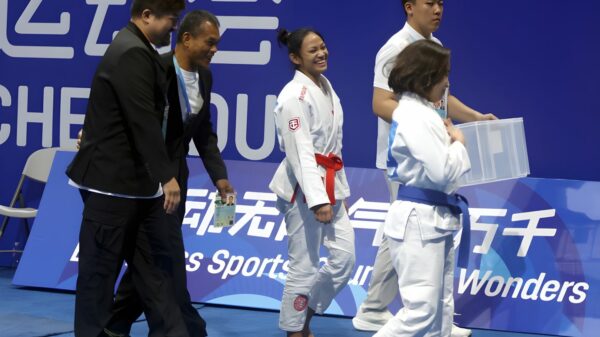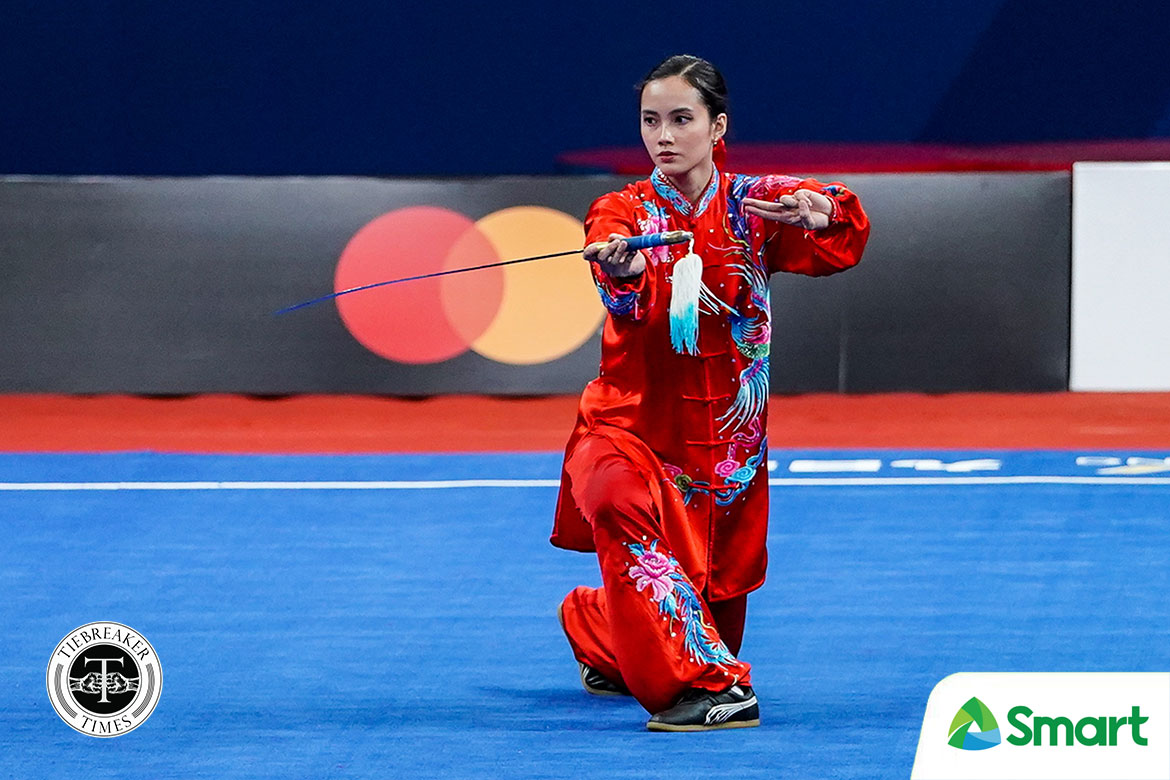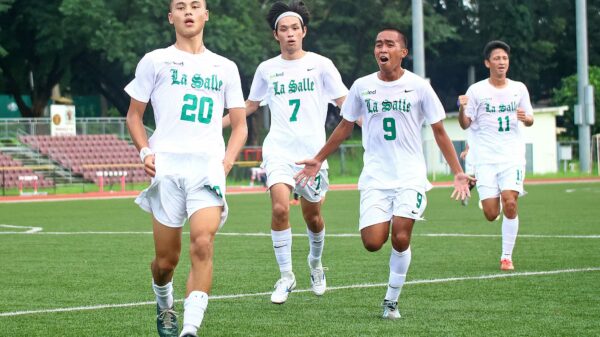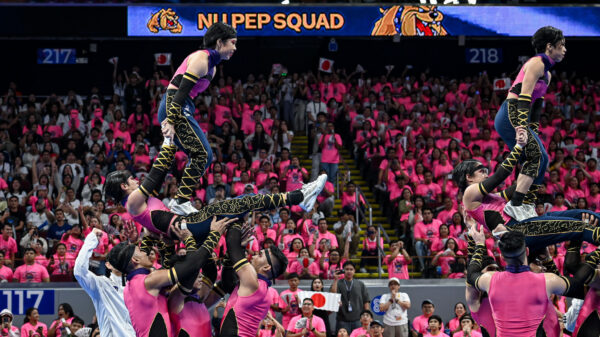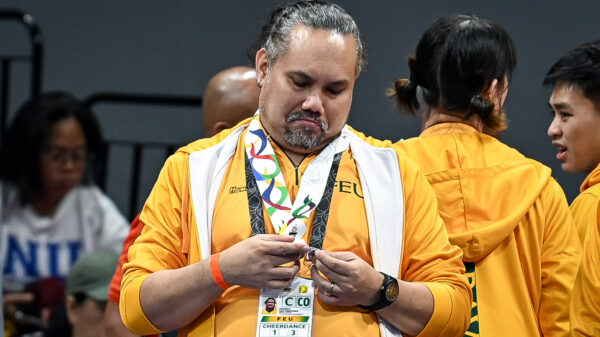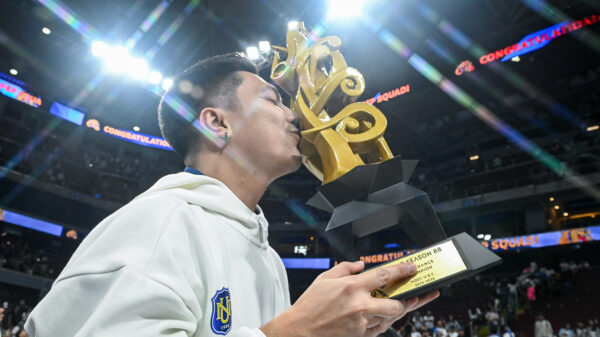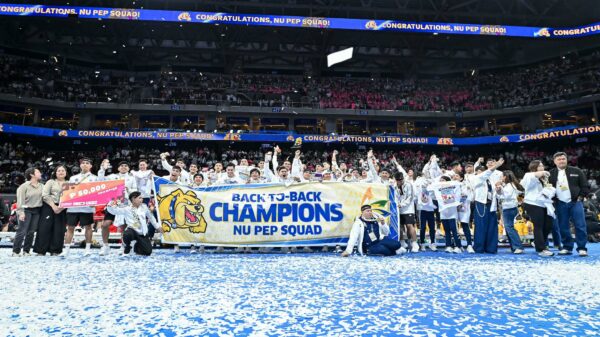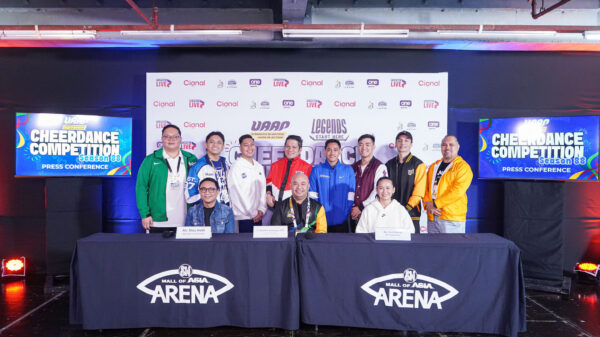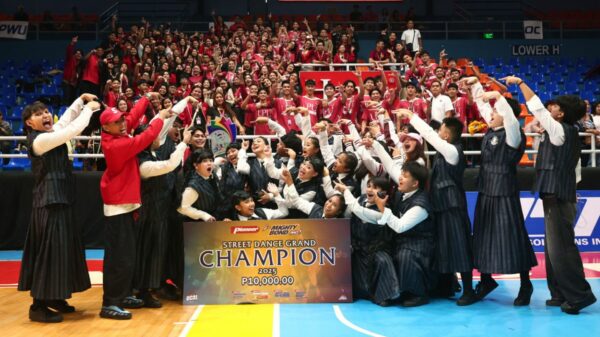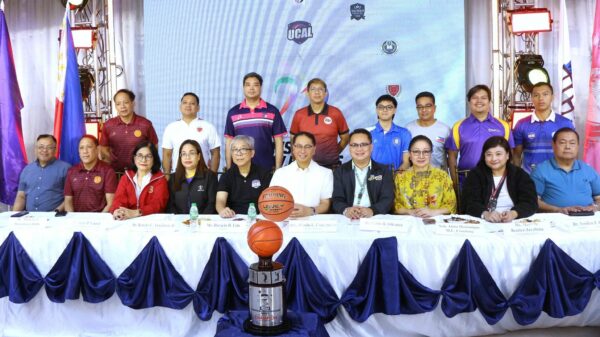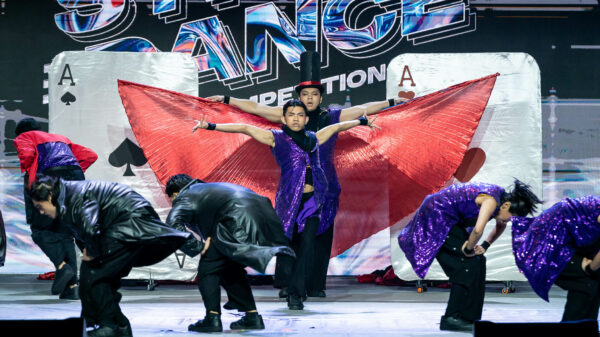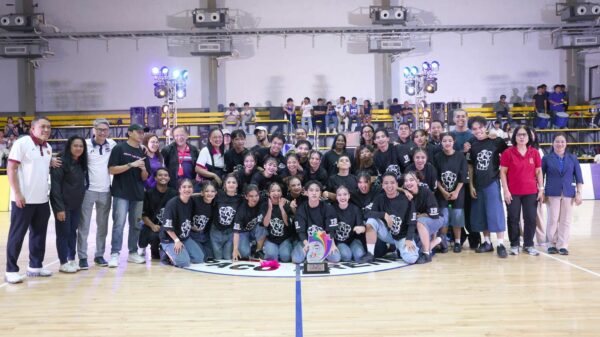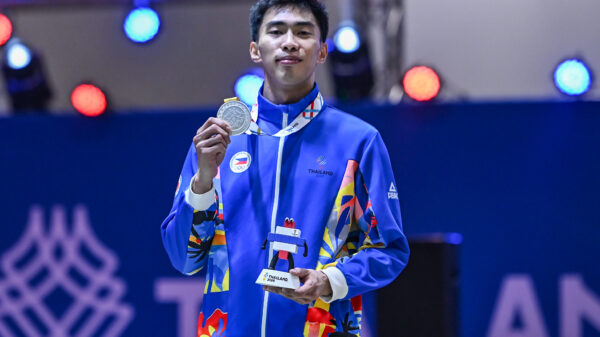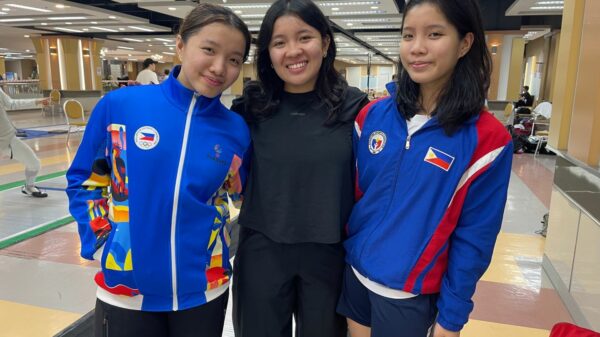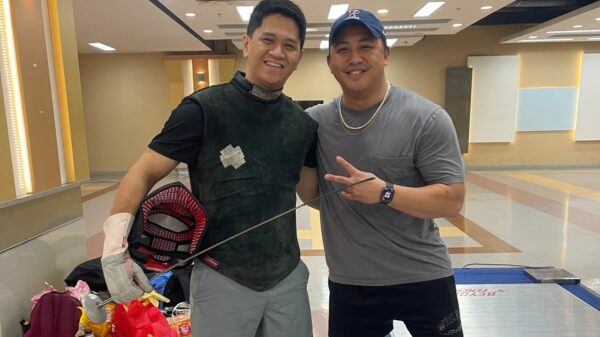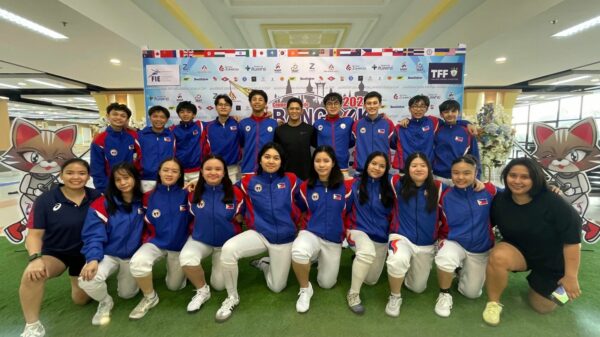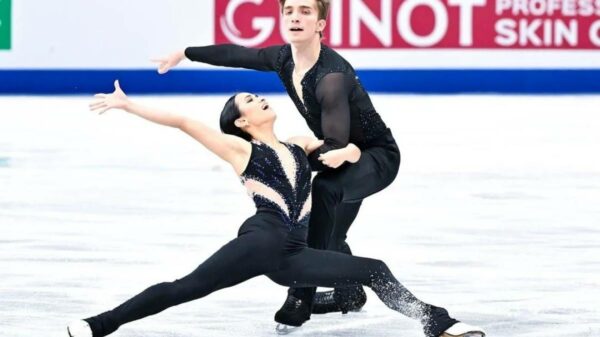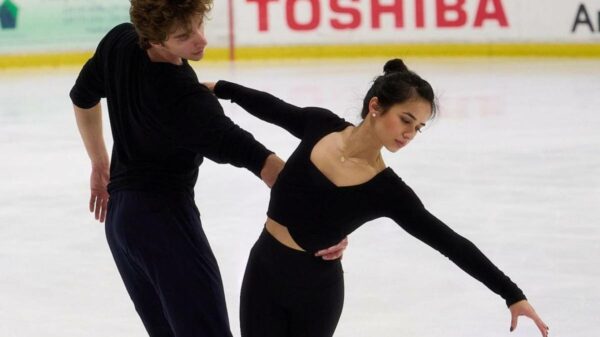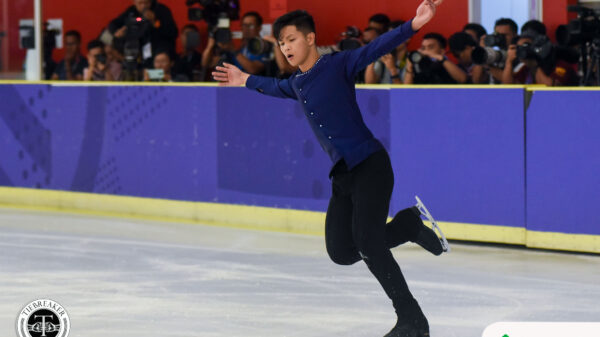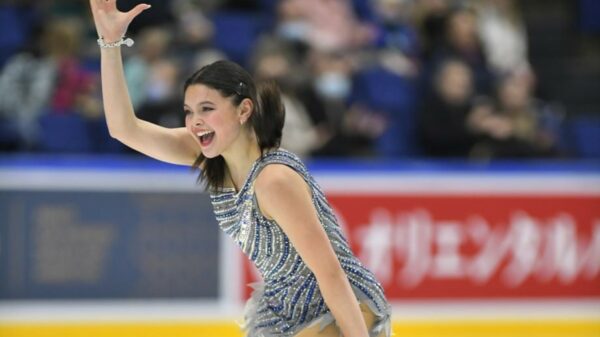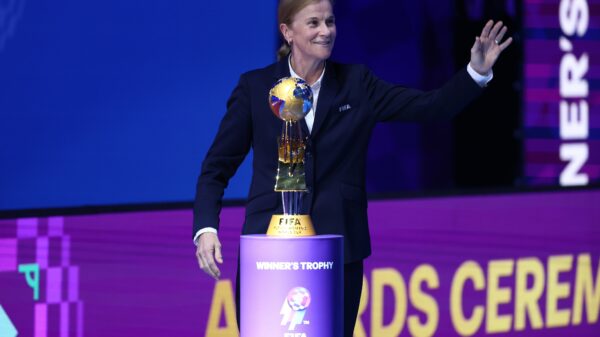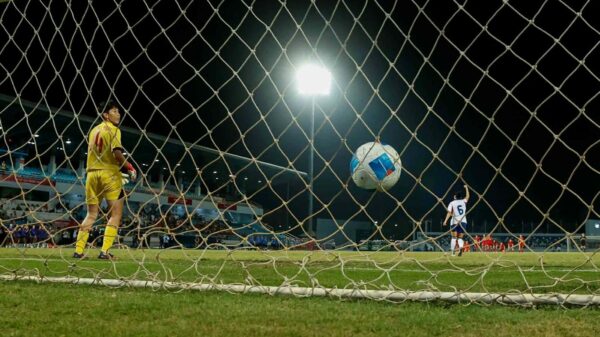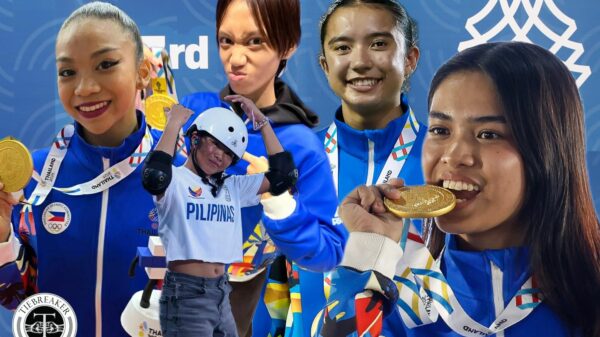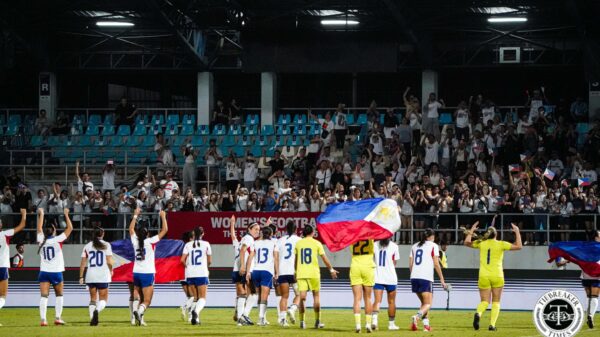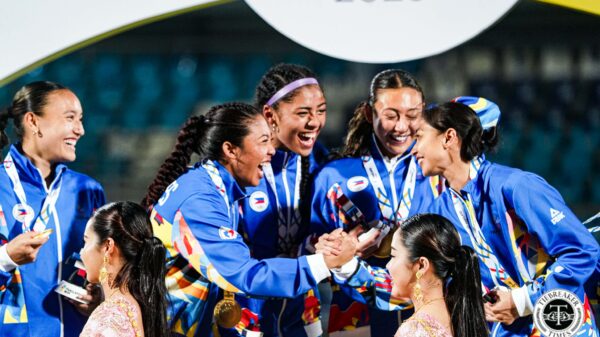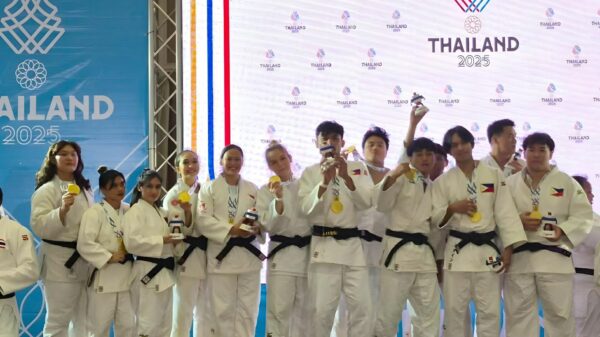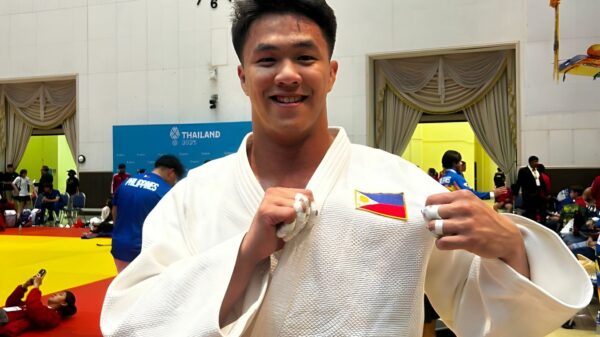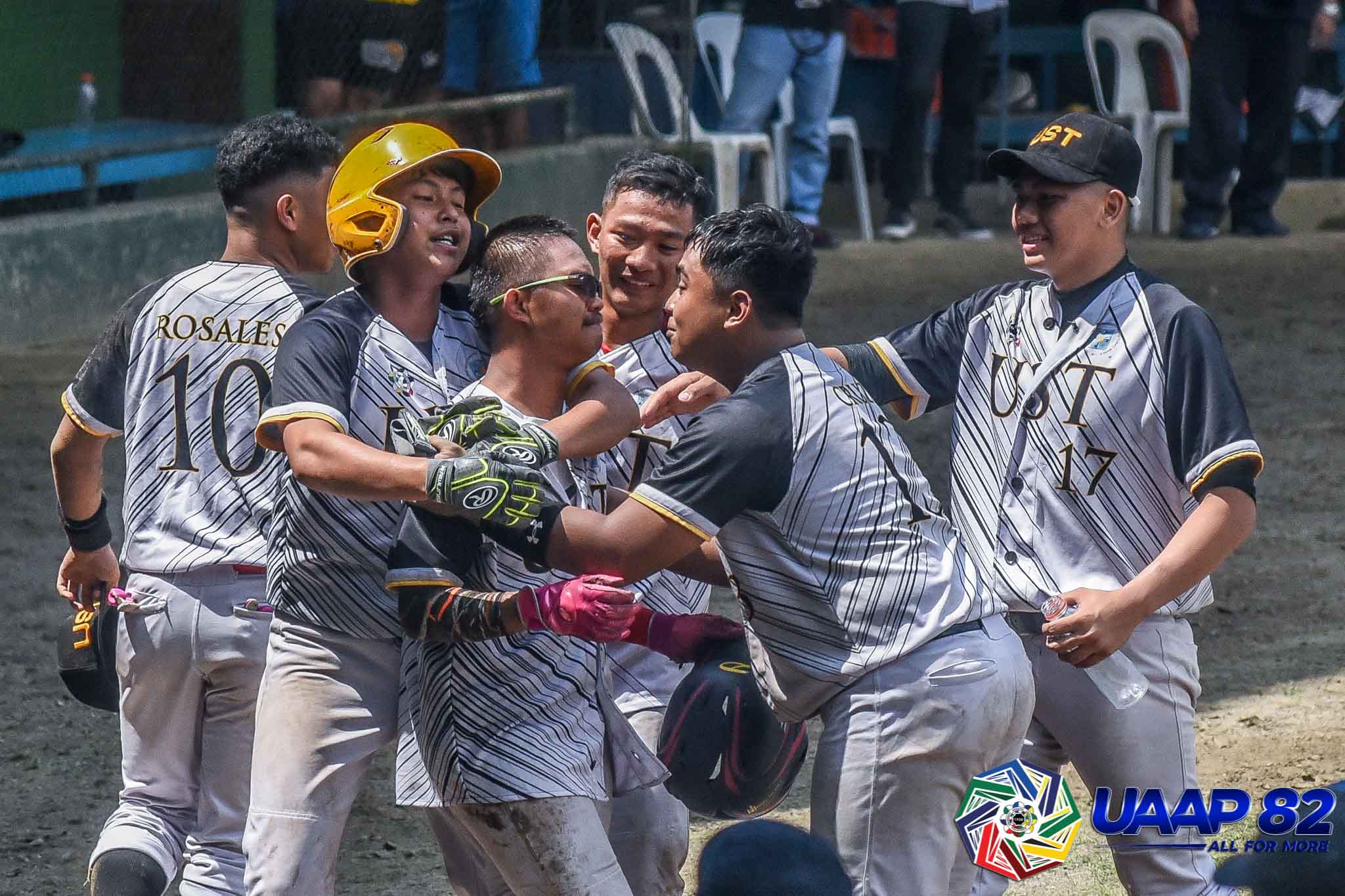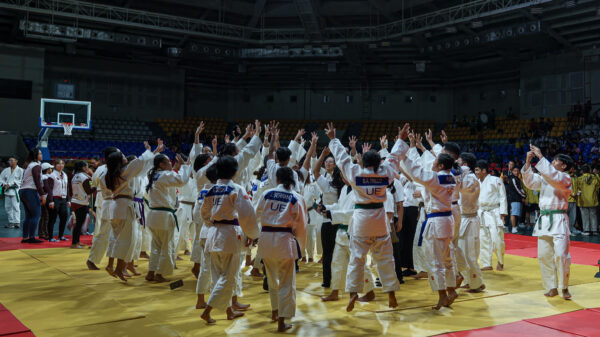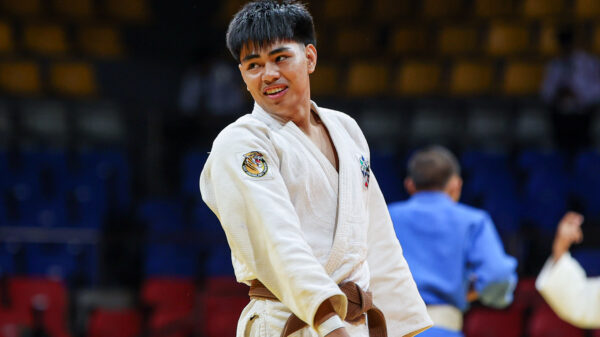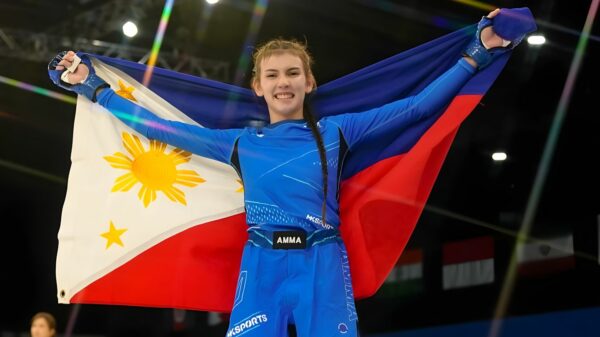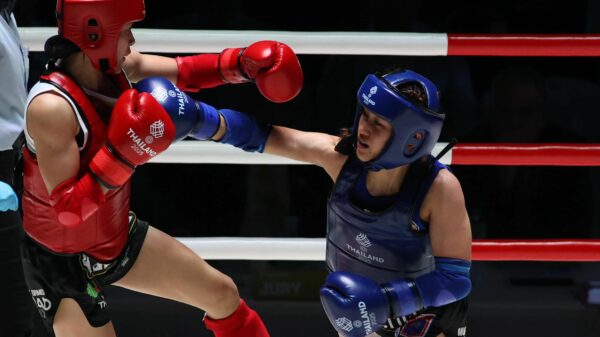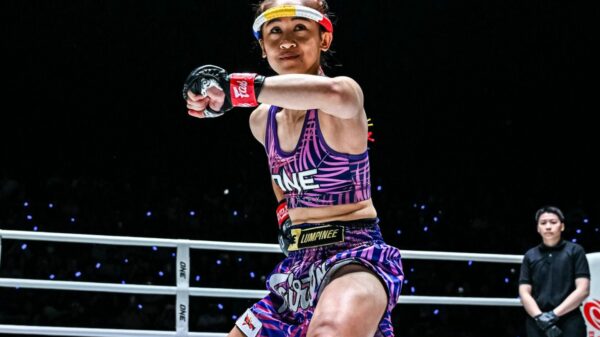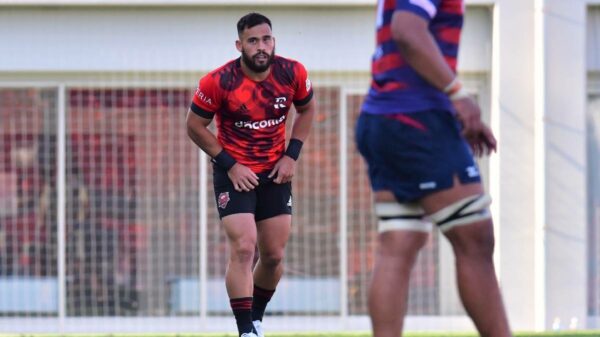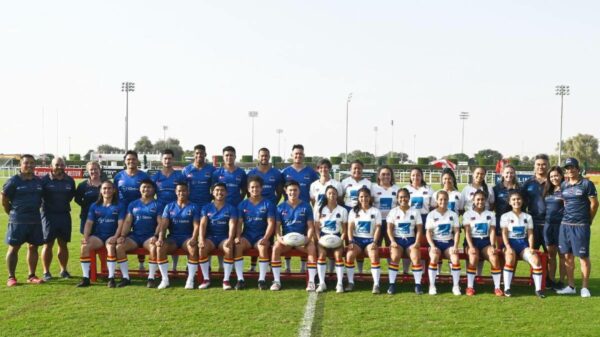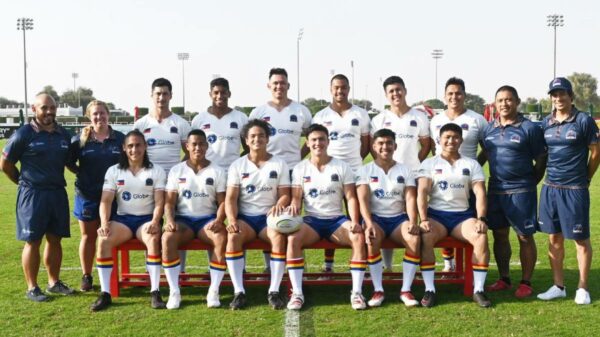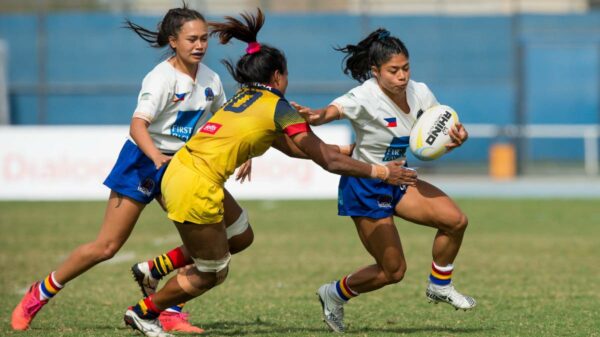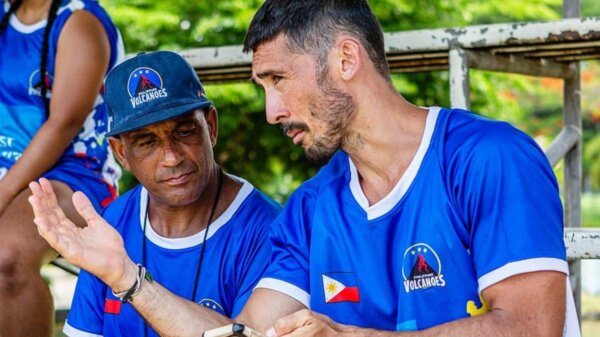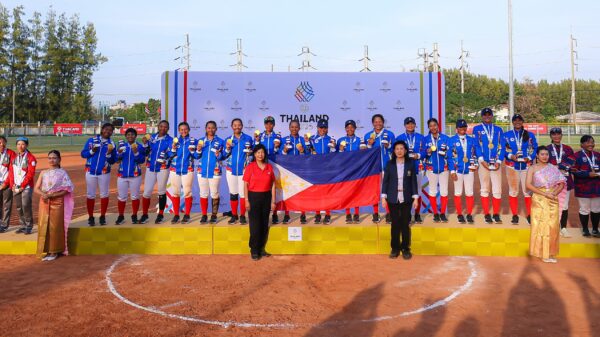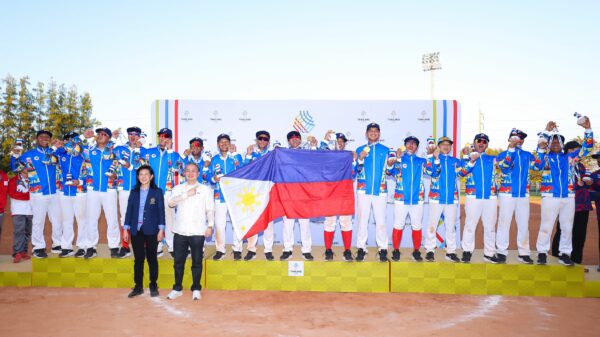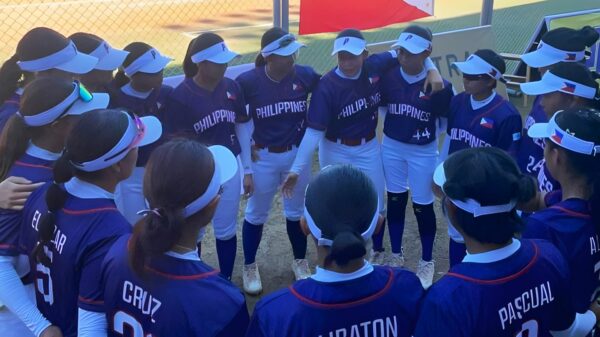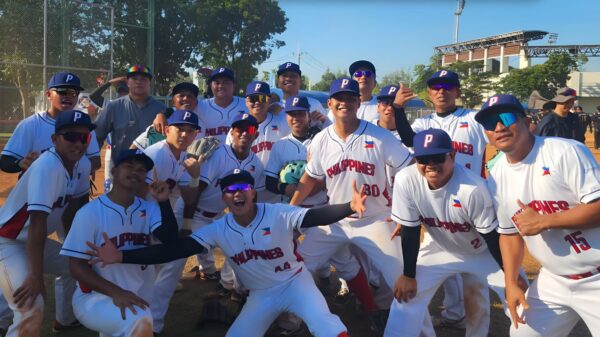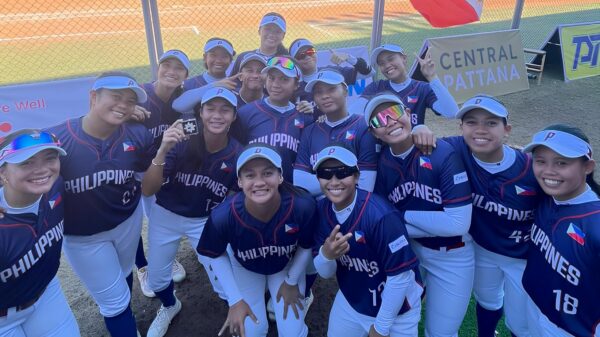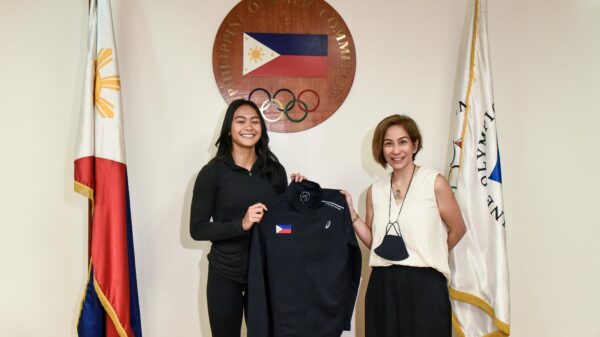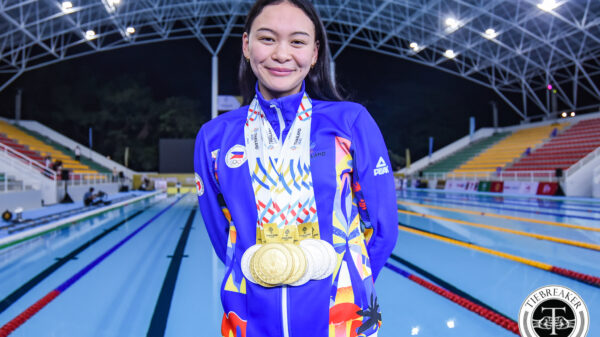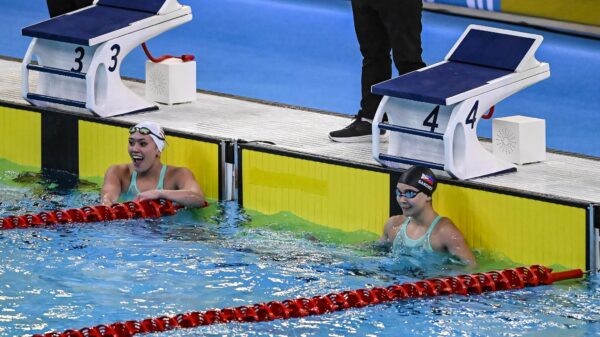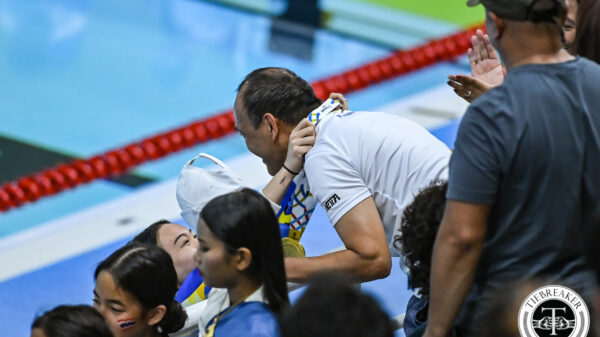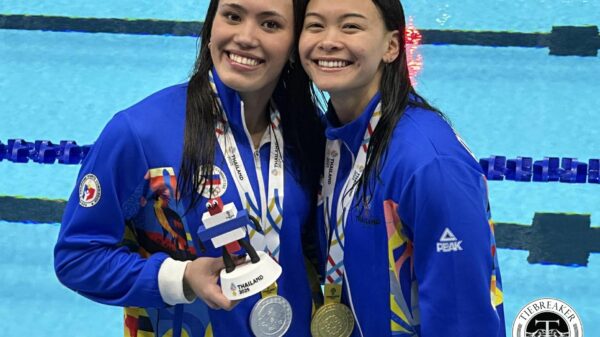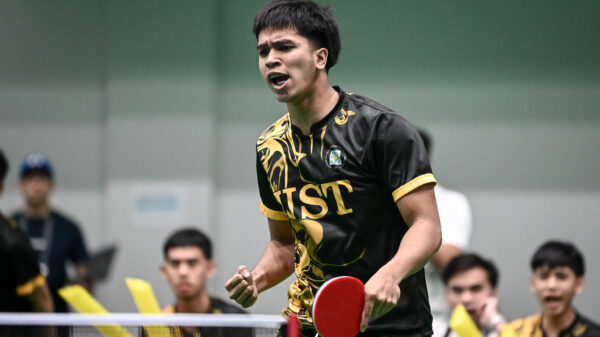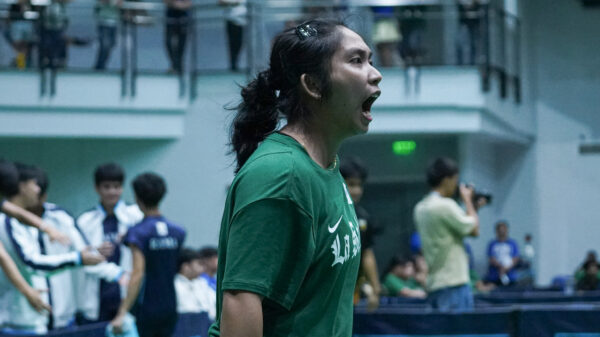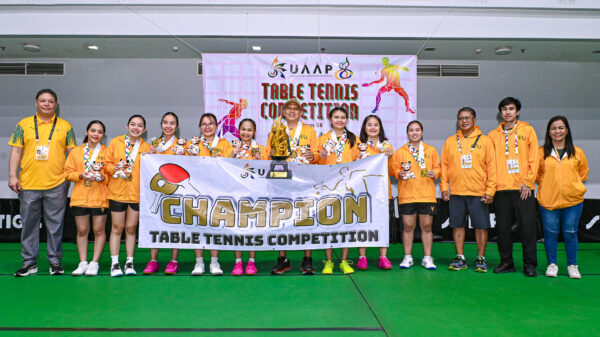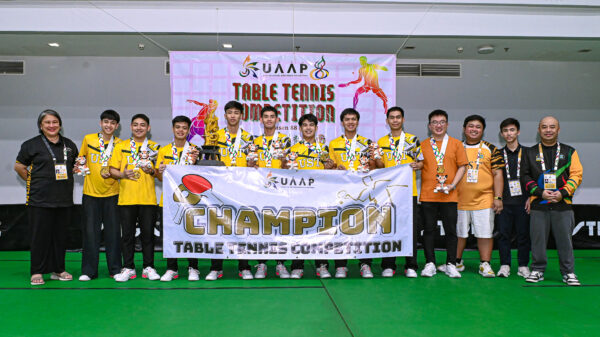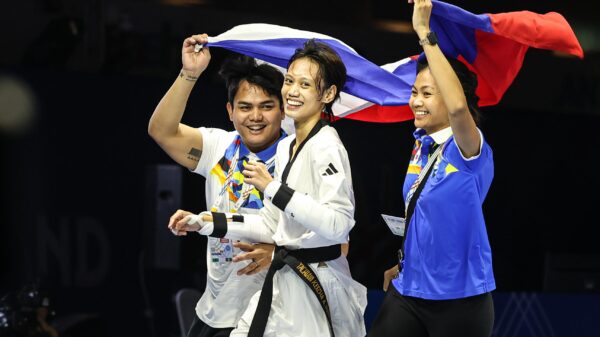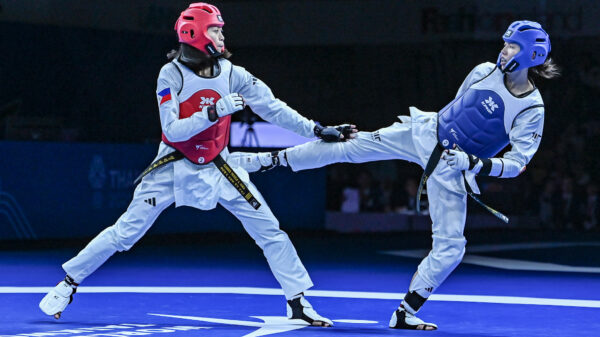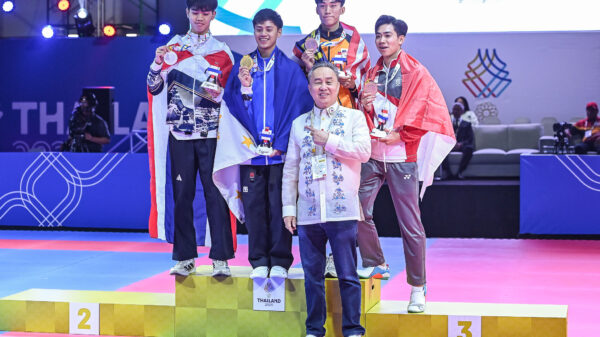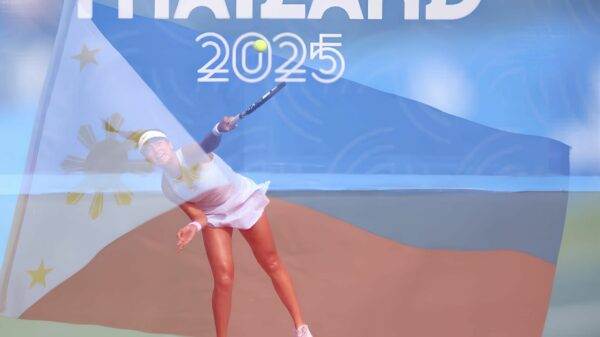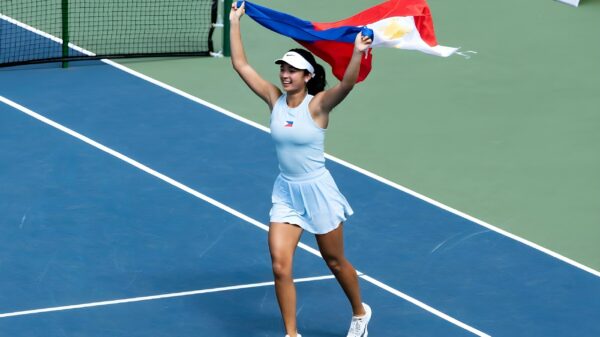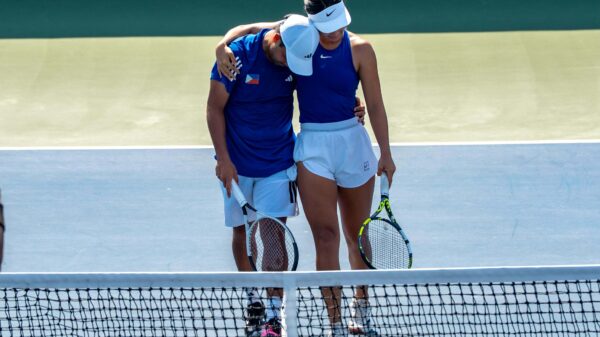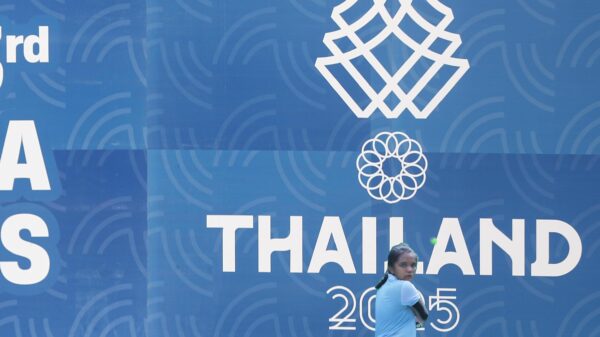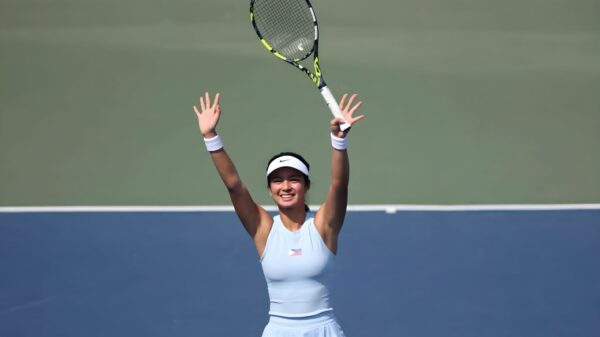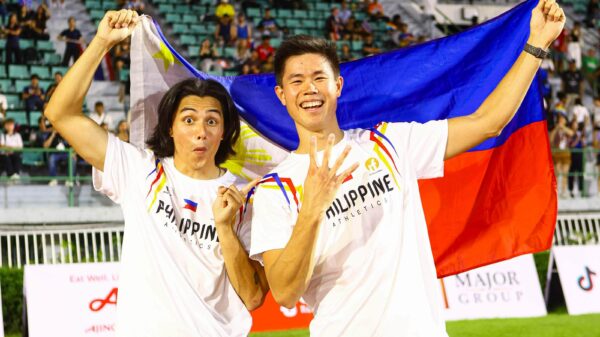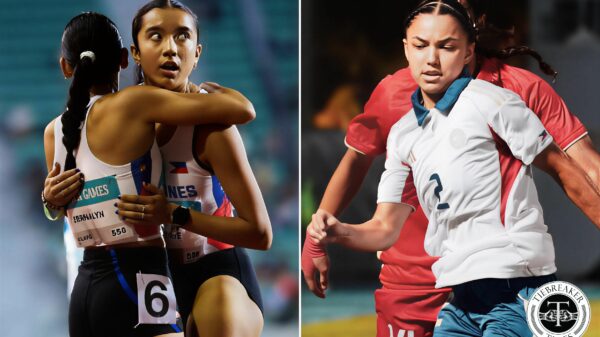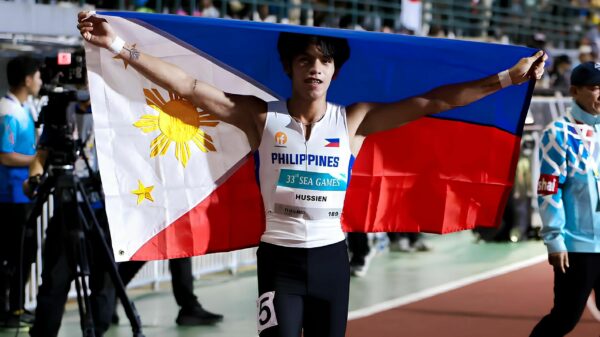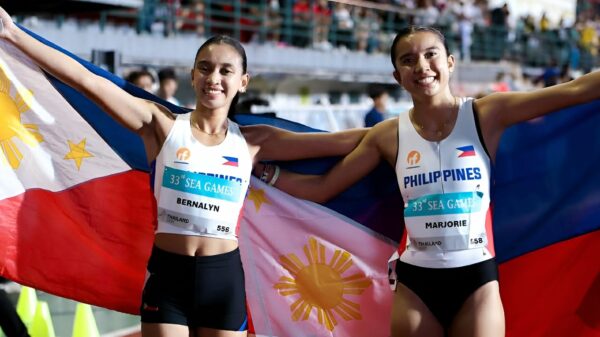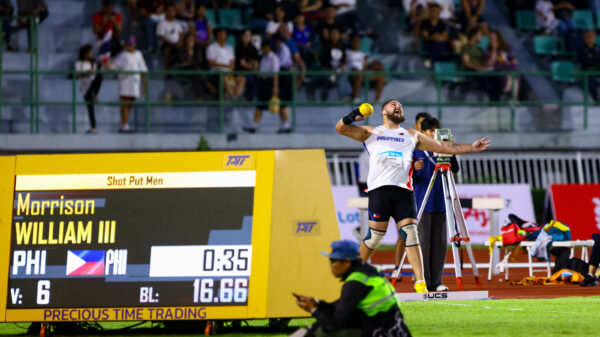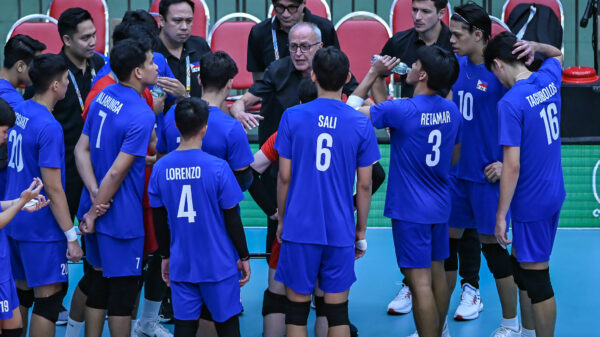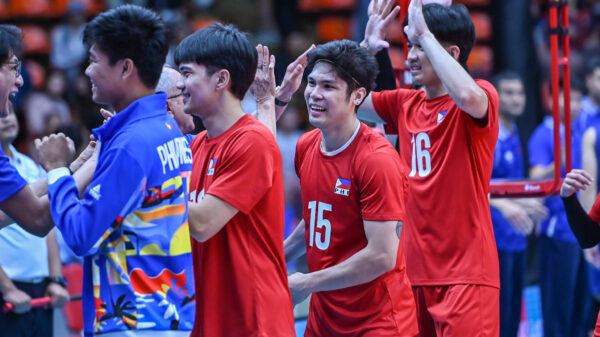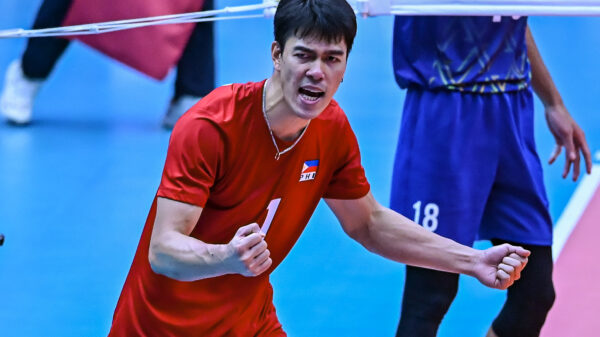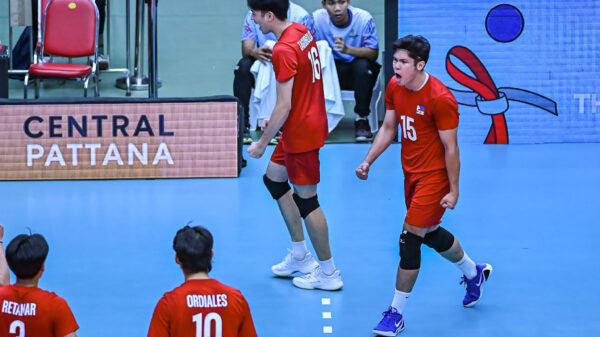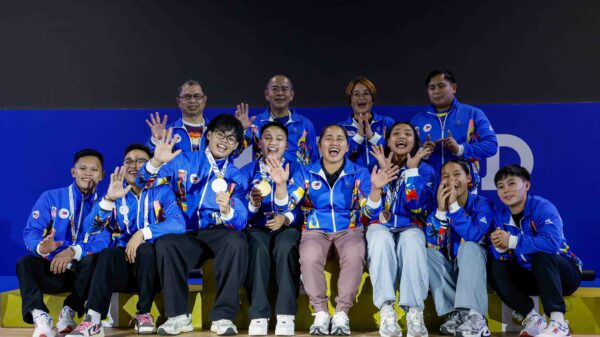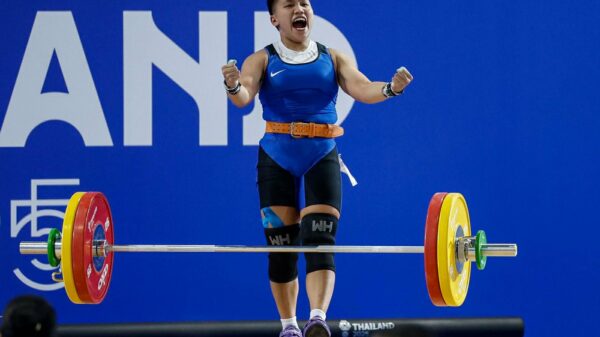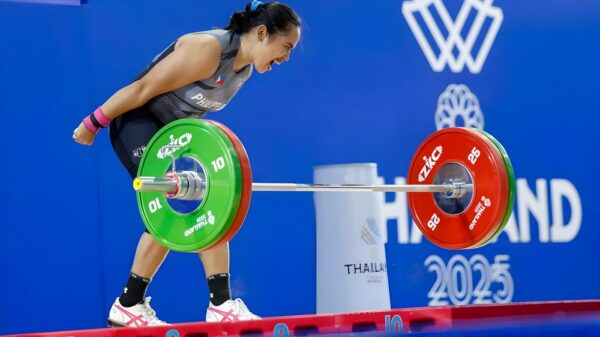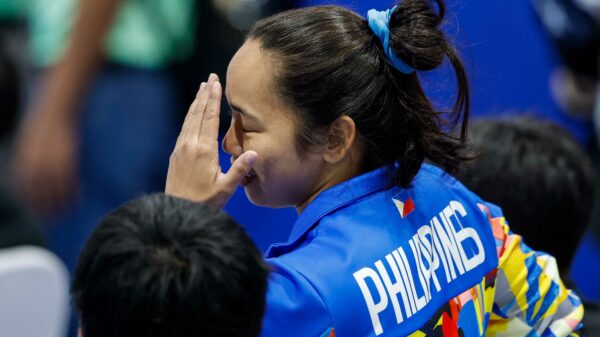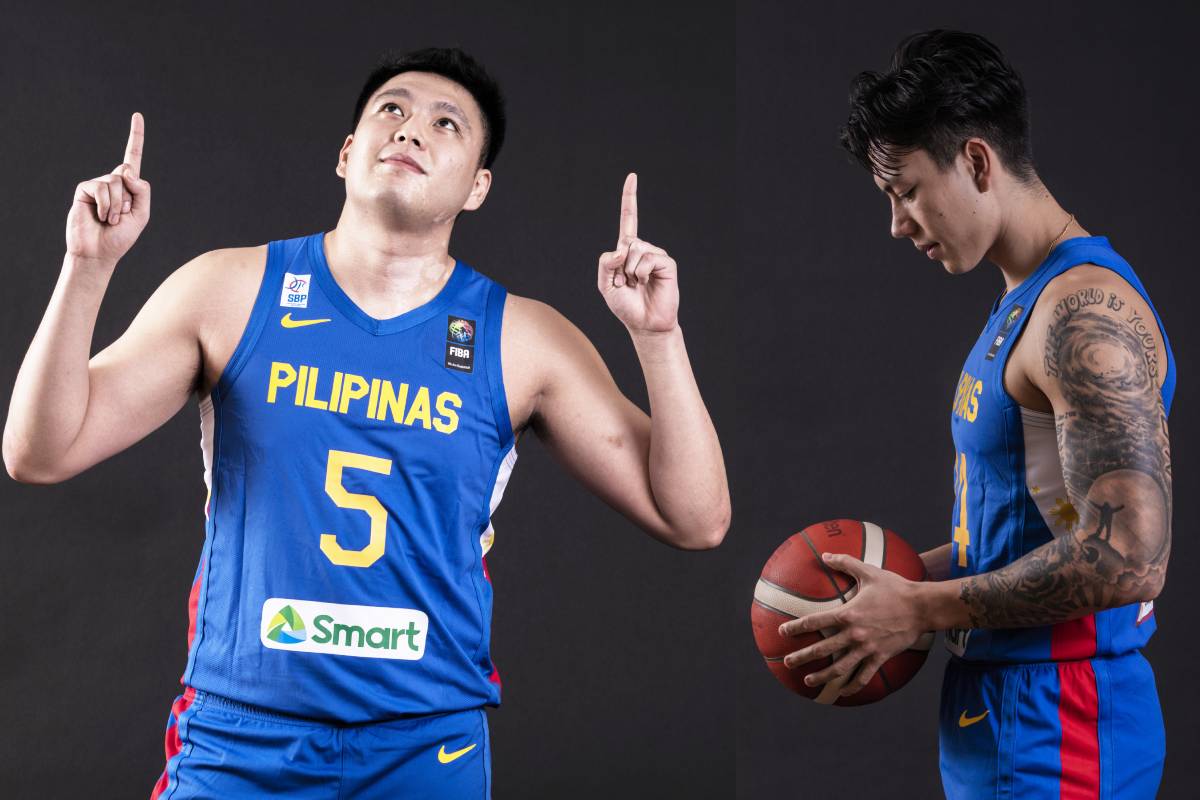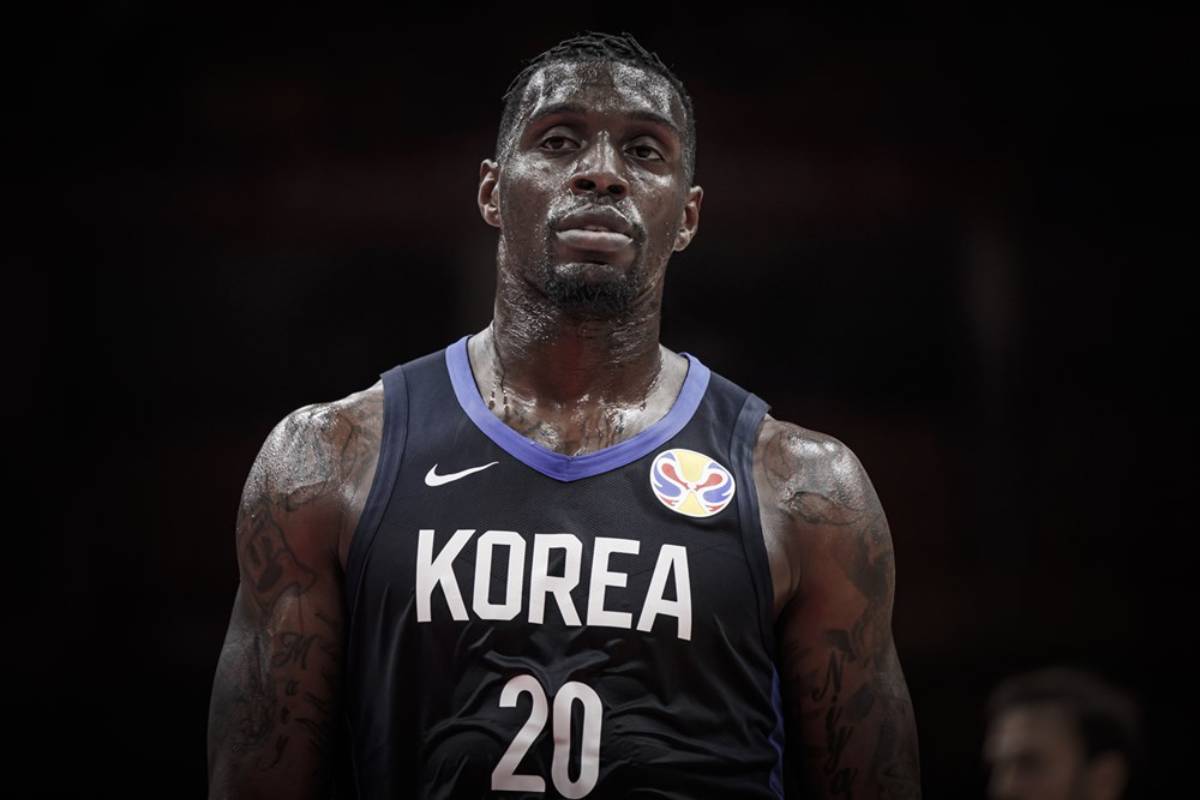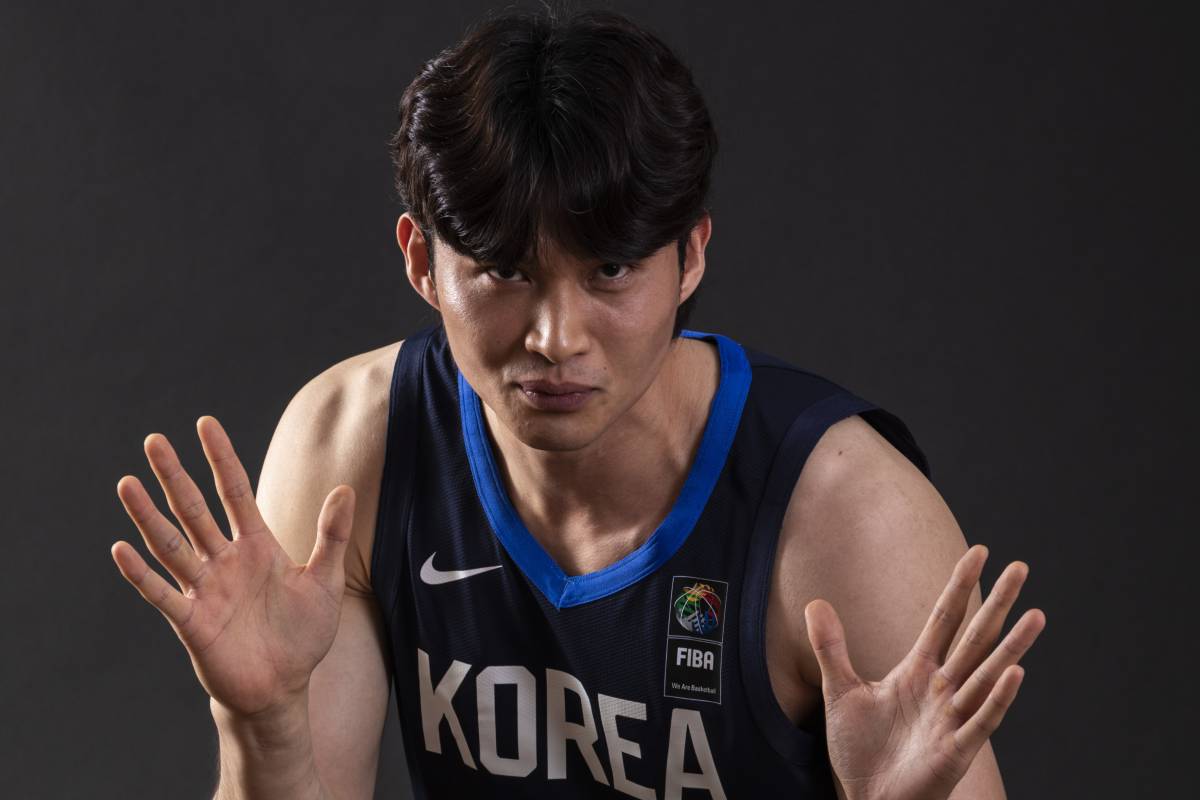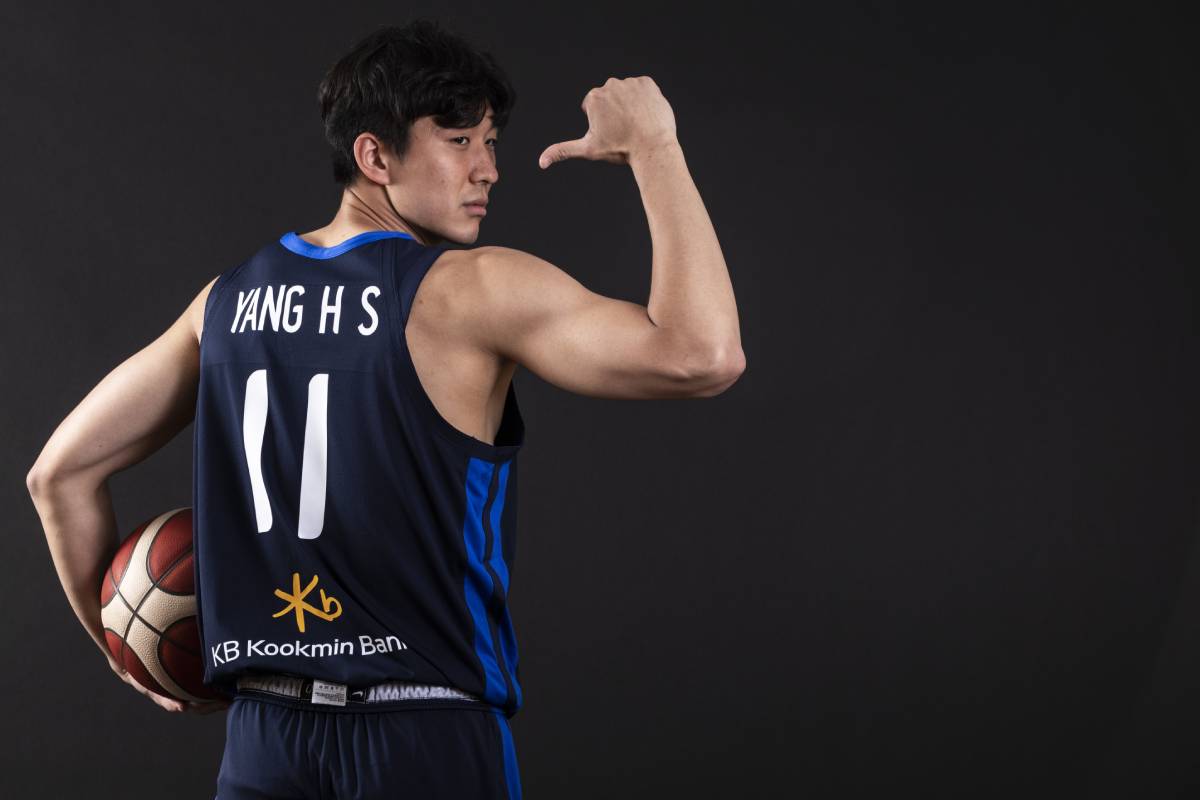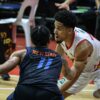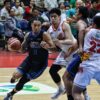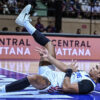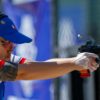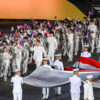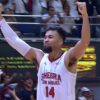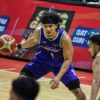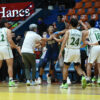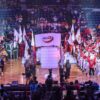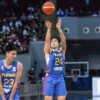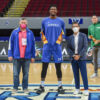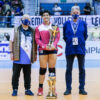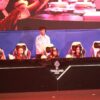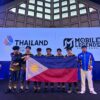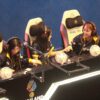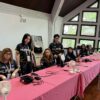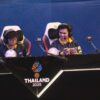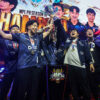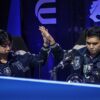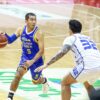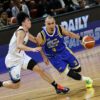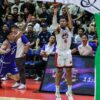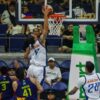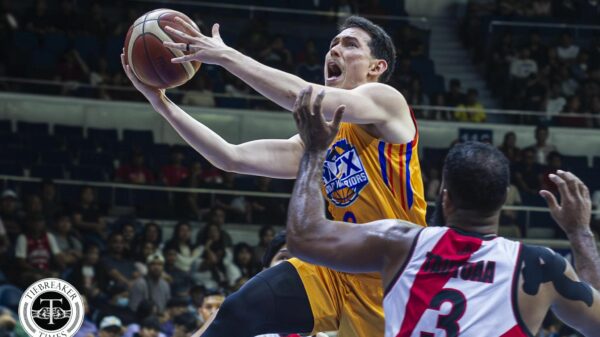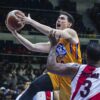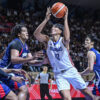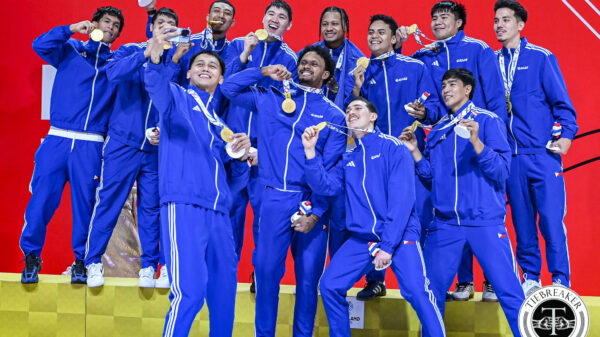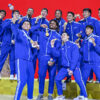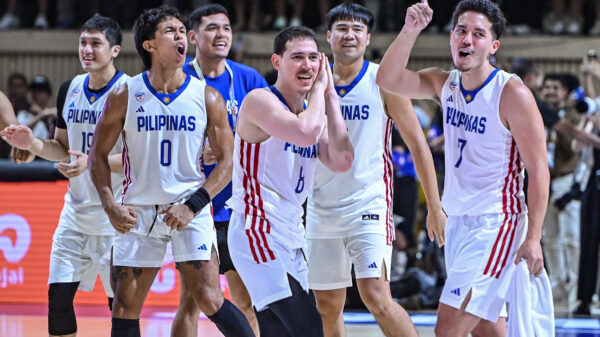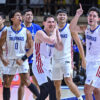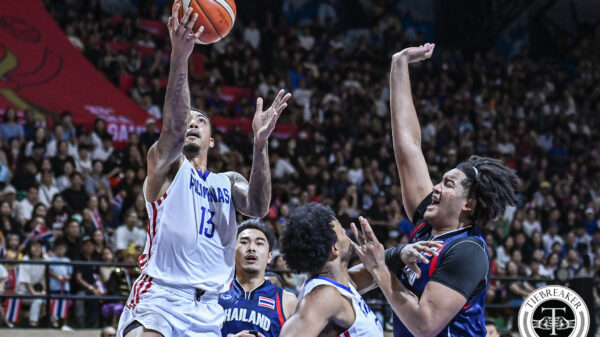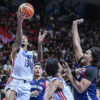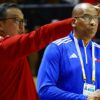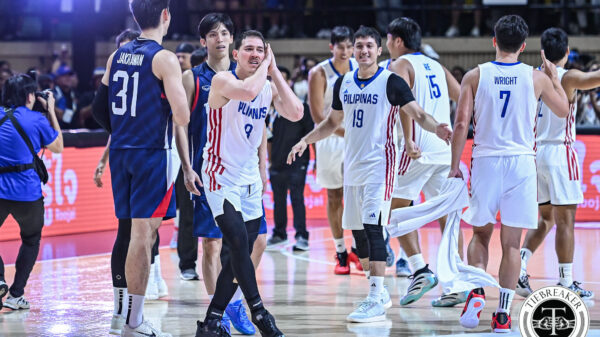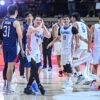The last time the Gilas Pilipinas Men played the South Korea Men’s National Basketball Team on home soil, the Filipinos prevailed.
That was eight years ago.
Prior to that meeting, the previous five times the Philippines also faced the South Koreans on home soil, the Filipinos won.
We are essentially 6-0 when playing the Koreans on our home floor. Unbeaten. Undefeated. Unblemished.
That’s about to change this week.
Gilas Pilipinas, helmed by bemedalled tactician Tab Baldwin, who’s flanked by top tier shot callers Jong Uichico and Boyet Fernandez among others will be the underdogs against a Korean side that, despite not being at full strength, retains much of the potency that enabled them all three of their games so far in the 2021 FIBA Asia Cup Qualifiers.
Remember that Korea will be missing six of their top ten players from the Korean Basketball League (KBL) in FIBA World Cup campaigners Kim Jongkyu, Choi JunYong, Lee Junghyun, and Kim Sunhyung, along with the last two KBL Most Valuable Players — Heo Hoon and Song KyoChang.
And yet Korea won’t be handicapped.
Spearheading their charge will be naturalized player and former PBA import Ricardo Ratliffe (a.k.a. Ra GunA), who led the 2019 FIBA World Cup in scoring, rebounding, and efficiency.
Ratliffe gives up around four inches to our own naturalized player Ange Kouame and even more to budding star Kai Sotto, who reportedly already stands 7-foot-3, but whatever Ratliffe may lack in size, he can more than make up for in terms of experience and savvy. He’s expected to get daily double-doubles and with good reason.
Aside from Ratliffe, eight other top-tier KBL pros have been brought in by newly named head coach Cho SangHyun. These elite eight include KBL leaders in scoring, rebounding, assists, steals, and three-point shooting, so it’s easy to imagine that though this Korean national team may lack name recognition, there’s no clear drop-off in depth.
Leading this corps of KBL players is Lee Daesung, who also saw action in the World Cup, averaging 10.0 points and 2.7 triples per game while shooting 44.4-percent from beyond the arc. Joining him in the backcourt are Kim Nakhyeon, Jeon Seonghyeon, and Byeon Junhyeong. The guys to watch are Kim and Jeon, who are no. 1 and 2 in the KBL’s three-point shooting leaderboard.
Yikes.
As scary as Korea’s guards are, though, it’s at the wings where potential mismatches abound. Leading KBL rebounder Yang Hongseok should be coach Cho’s top choice at the three spot or as a small-ball four. He stands just 6-foot-6, but that kind of size at the wings against our relatively smaller guys may prove to be bothersome. He can also shoot the three-ball, hitting close to 40-percent of his attempts this past season in the KBL.
Expected to spot minutes alongside Yang at the small forward position is US NCAA campaigner Lee Hyunjung.
At 6-foot-8, Lee is the bona fide matchup nightmare very likely keeping our scouts up at night. He’s not all size and length, too. Playing for Davidson University this past season, HyunJung wasn’t a benchwarmer or token player. On the contrary, Lee was an essential part of the Wildcats’ rotation, averaging 13.5 points, 4.0 rebounds, 2.5 assists, and 2.4 triples per game while shooting more than 44-percent from rainbow country. This is a guy who led the 2018 FIBA Under-18 Asia Cup in scoring, dropping 26.0 points per game. To be honest, even if we put someone like Dwight Ramos or Will Navarro on Lee, I wouldn’t call that clearly in our favor.
And then there’s veteran Moon Seonggon, who may eventually play as a third-stringer, which is again a testament to the depth of this Korean squad. Moon has seen action for Korea in numerous tournaments, but the 28-year-old will probably provide relief for HongSeok and HyunJung here in Clark.
As for Korea’s frontline, they don’t boast overwhelming size, though they do have a balance of experience and upside. Aside from Ratliffe, patrolling the paint for Korea will be World Cup veterans Lee Seunghyun (6-foot-7) and Kang Sangjae (6-foot-8). Both of those guys give up a few inches to Ange, but again, their collective experience will likely compensate for that deficiency. Both are also deadly perimeter shooting bigs.
For me, the most intriguing elements of this Korean roster are their two young big men — 6-foot-9 Ha Yungi and 6-foot-8 Yeo Junseok.
Ha has already played against the Philippines before, recording a monster 20-point, eight-rebound, two-block performance against Kemark Cariño and Batang Gilas in 2016. The Korea University bulwark is pegged to be among the next generation of up-and-coming centers for Korea, so it’ll be interesting to see how he matches up with contemporaries like Justine Baltazar and Isaac Go.
Yeo, for his part, has hogged his fair share of headlines recently, what with his litany of achievements, especially bagging MVP in the 2019 Basketball Without Borders Asia Camp. Instagram and YouTube videos showcasing his dunking prowess have been making the rounds of social media, and there’s palpable hype around him that parallels the hype Filipinos have for Kai Sotto and Carl Tamayo.
If Kai and/or Carl make the final cut for Gilas, I’m excited to see how they fare against JunSeok. Remember that Kai, Carl, and the rest of that much-talked-about generation have never faced a Korean team — not in the U16, U17, U18, or U19 levels. This is the first time they will play against Korea, and it’s gonna make for good drama to see how they perform.
I believe Gilas Pilipinas certainly has a chance to beat Korea, but it’ll take a helluva lot more effort and a lot more sharpness of execution than what we saw when they played Indonesia and Thailand in the previous two windows. If that doesn’t happen, we’re in for a rude awakening.
Realistically speaking, Korea should come out of this window with four wins, including two against the home team, but of course, if there’s any coach who can pull a win out of any situation, it’s Coach Tab, and if there’s any team in this group that can maybe put a dent in Korea’s record, it’s the Philippines.

